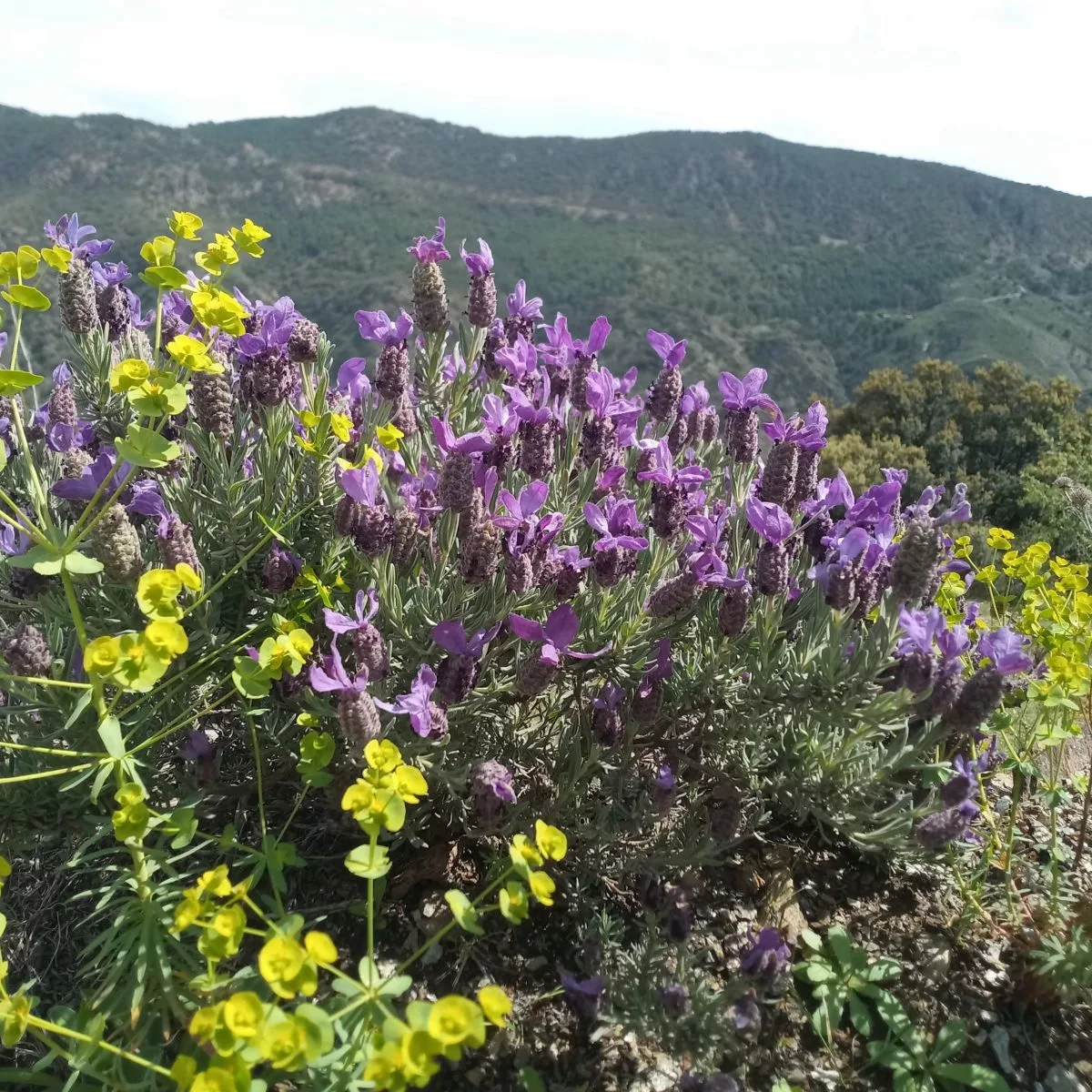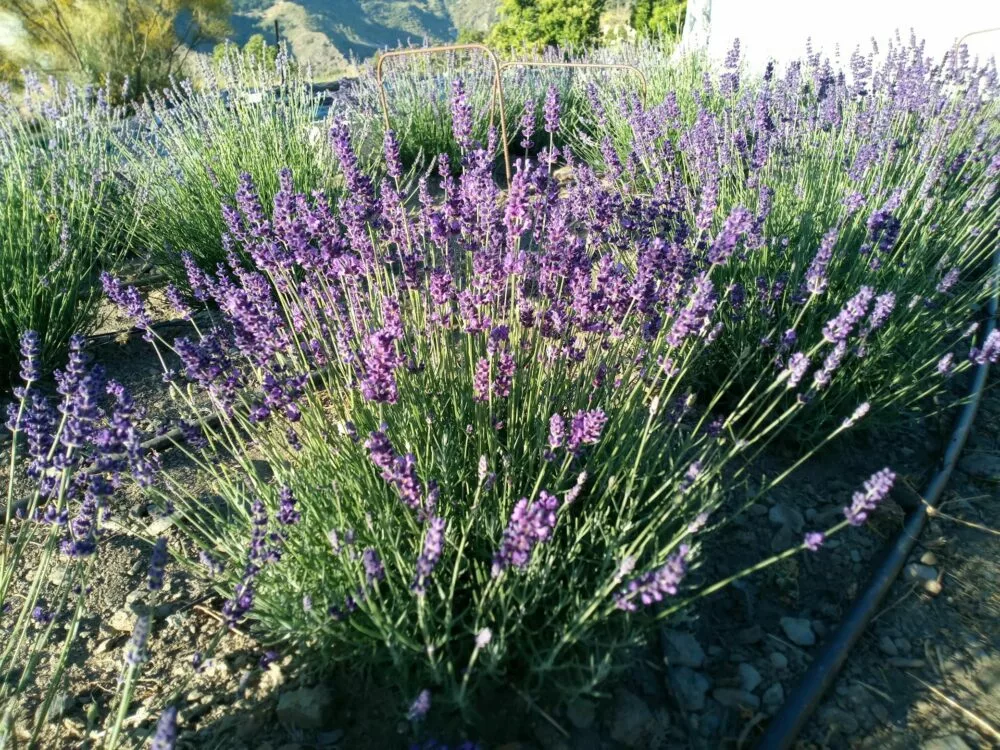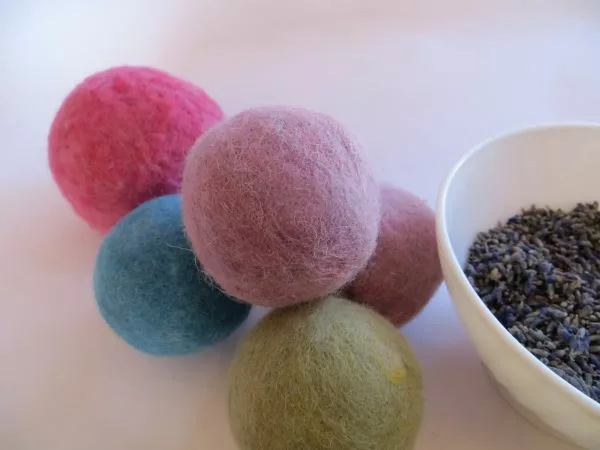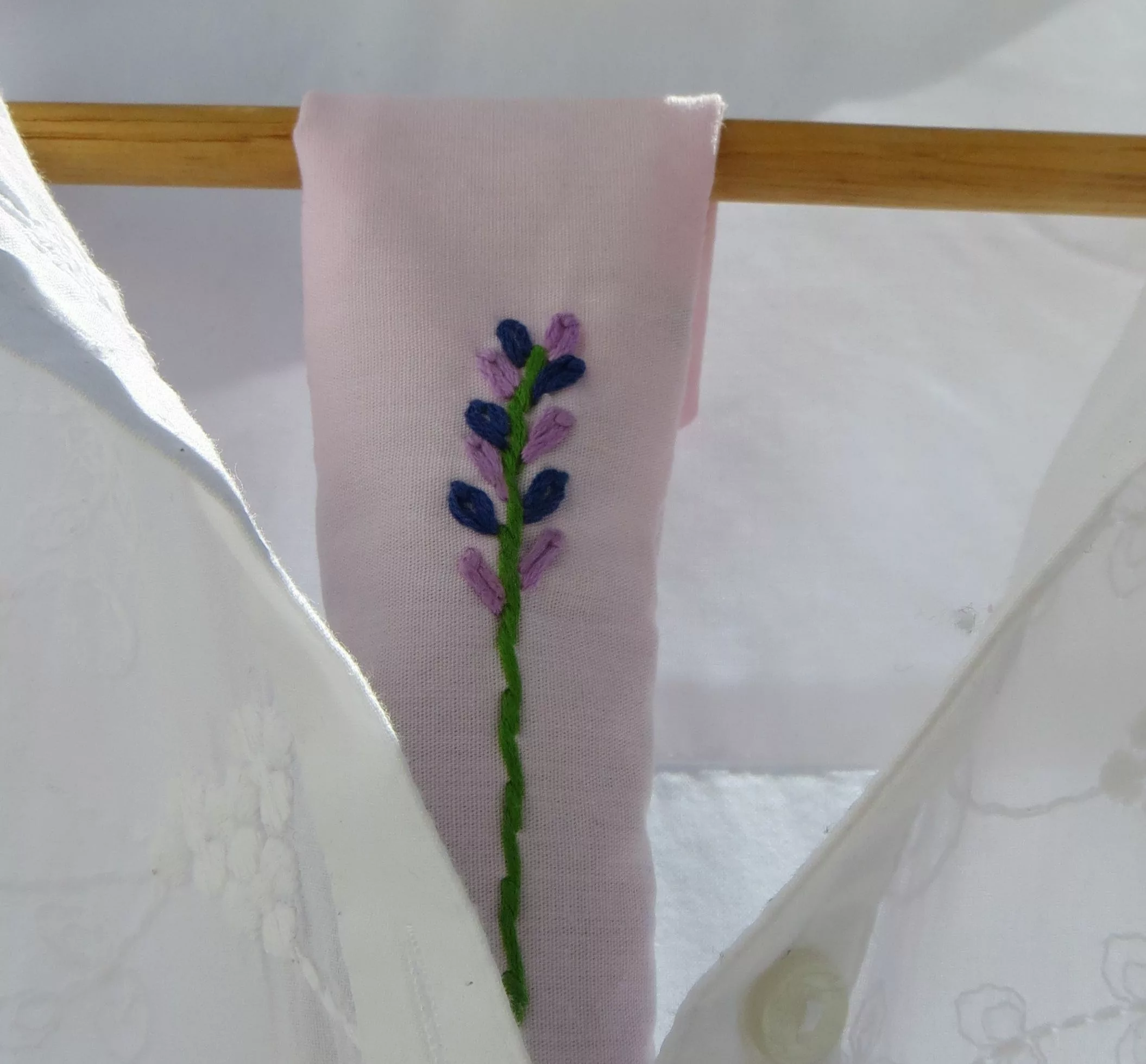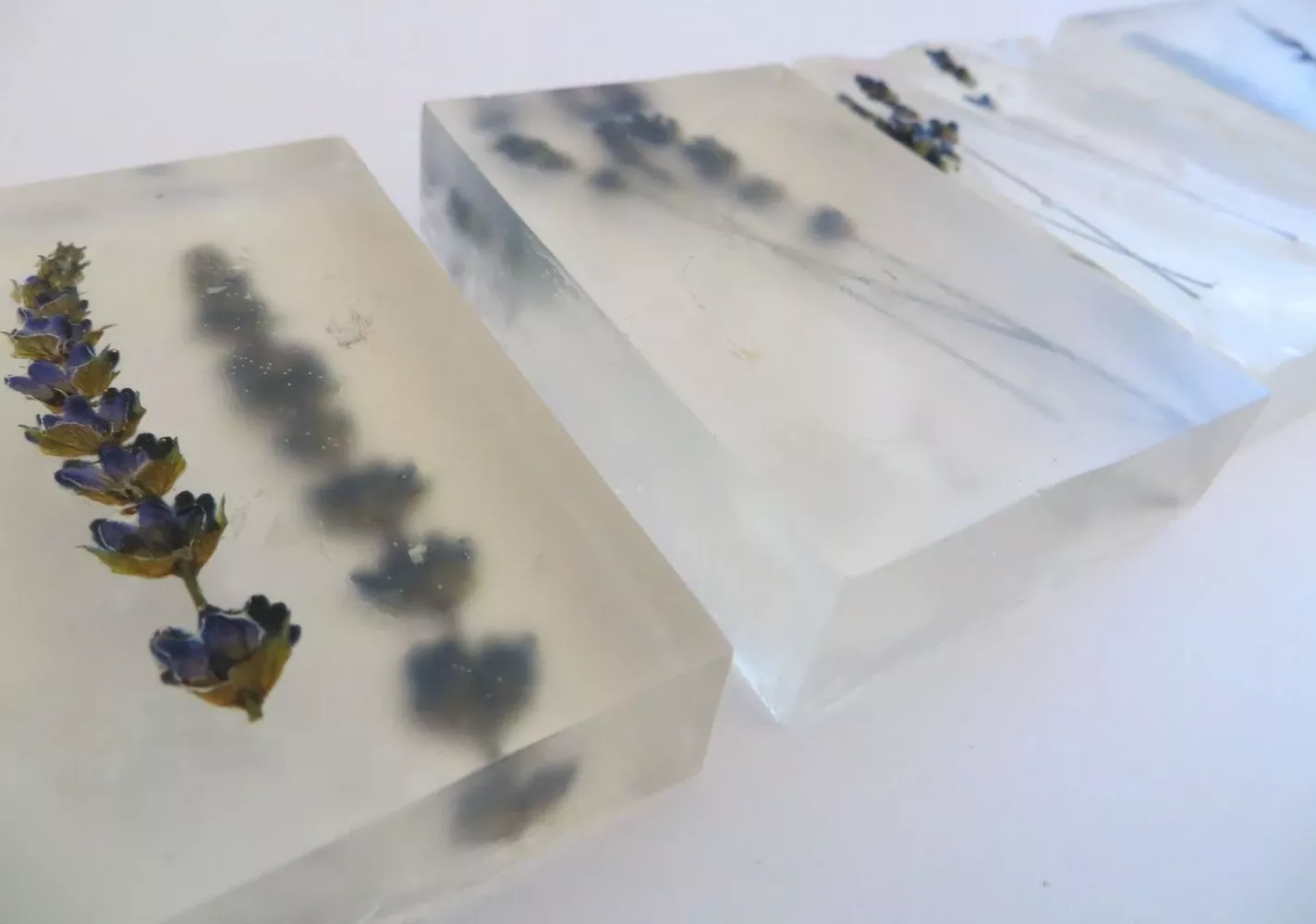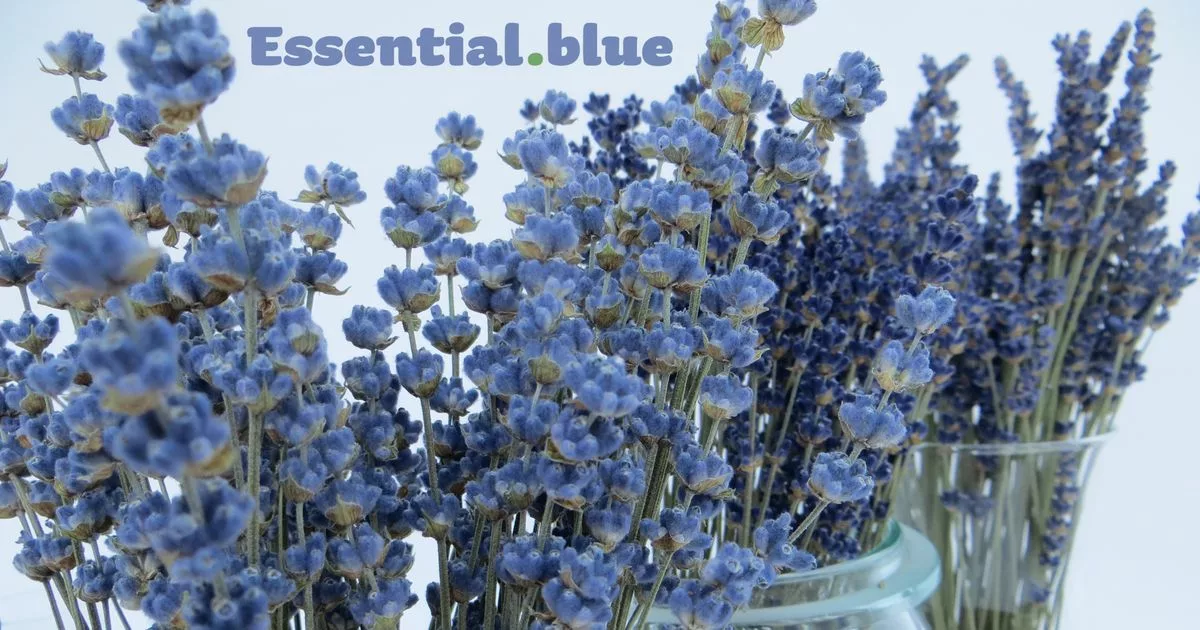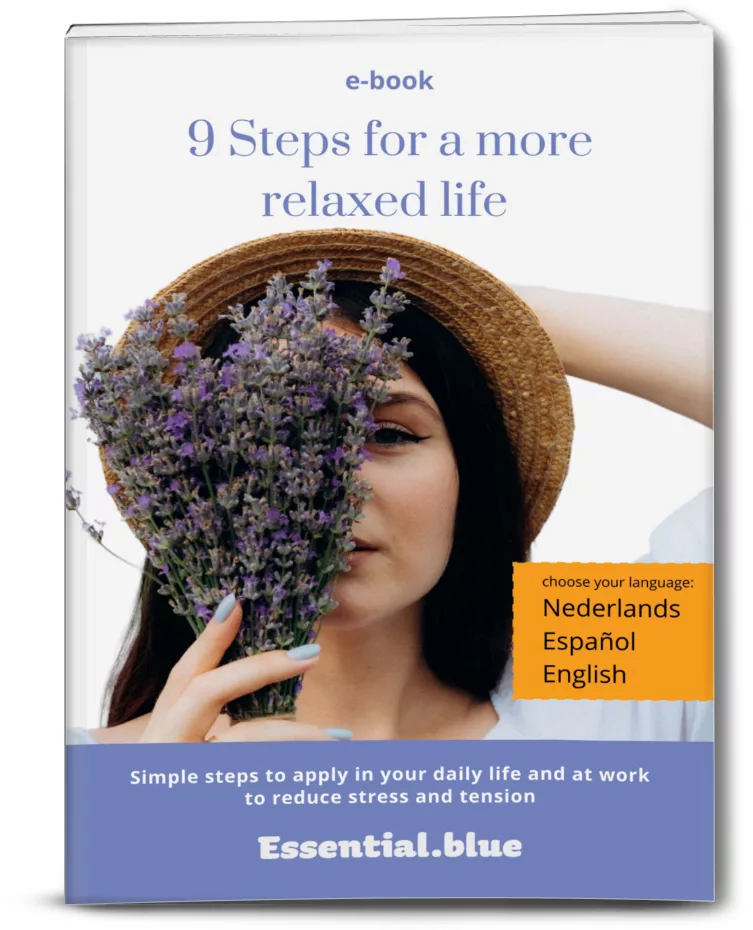I love the wild flowers on our lavender farm. The bees don’t have to wait for the lavender to bloom. In spring there is a new flower every day for their search for nectar. I am not an expert on wildflowers. I took up the challenge of photographing the flowers every day because I hope that others who cannot be outside every day will be able to enjoy them too. And also that you realise how valuable they are.
There is an app on my mobile that names the flowers. I write them down here. I hope it is the right name. If someone knows better, please let me know.
Mariette
The wild flowers from the month May are here
April 25-30: there is no end to the new wild flowers every day
When I have time, I will describe them. For now, just the picture and the name of the wildflowers on our lavender farm from day to day.

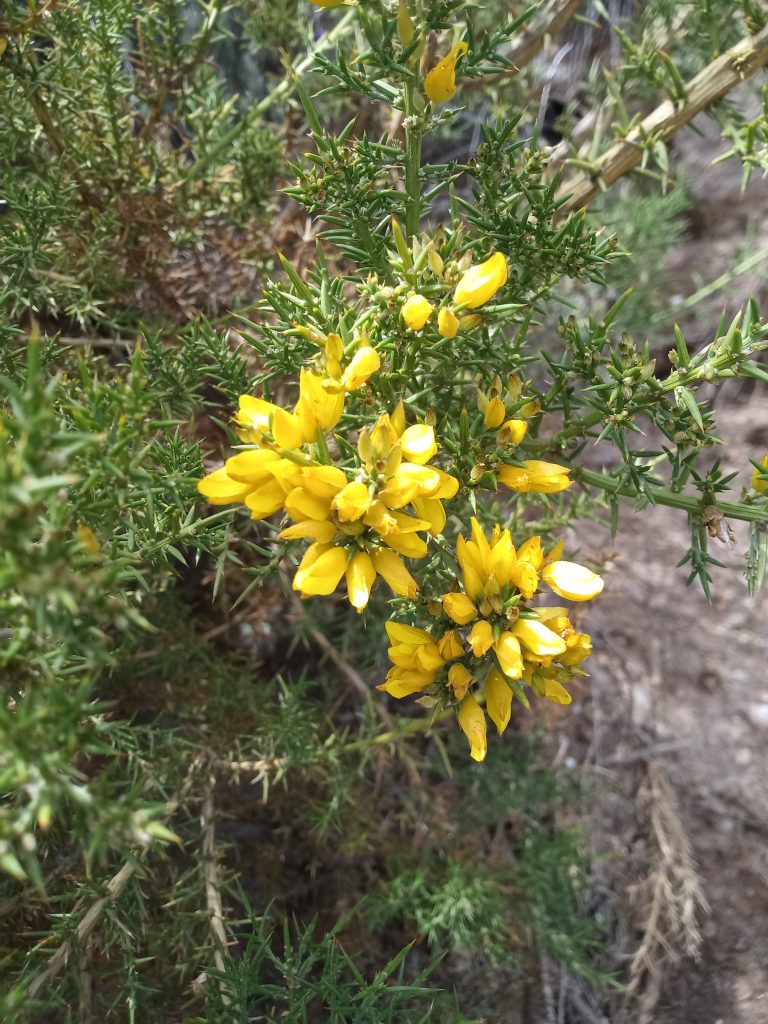
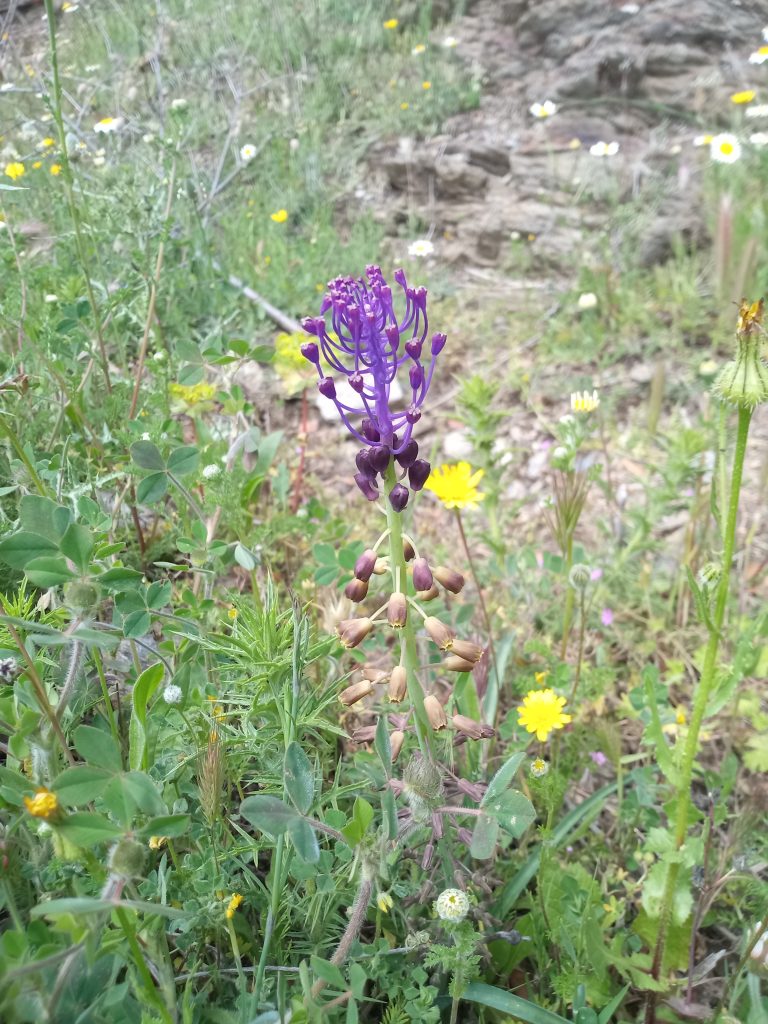
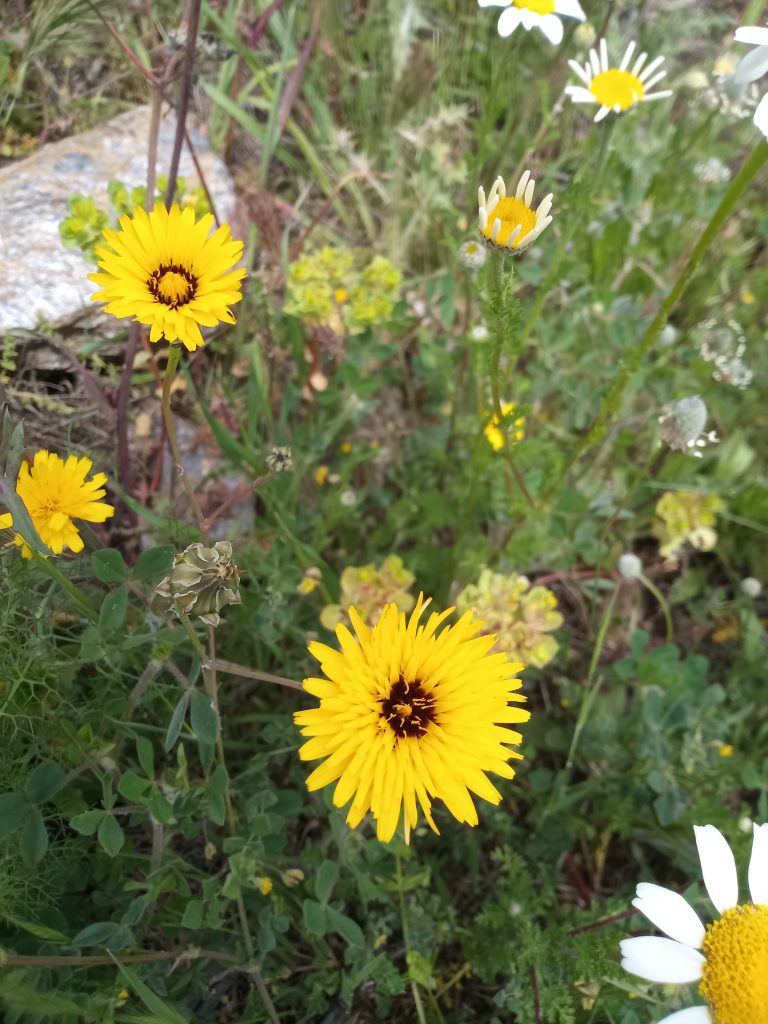
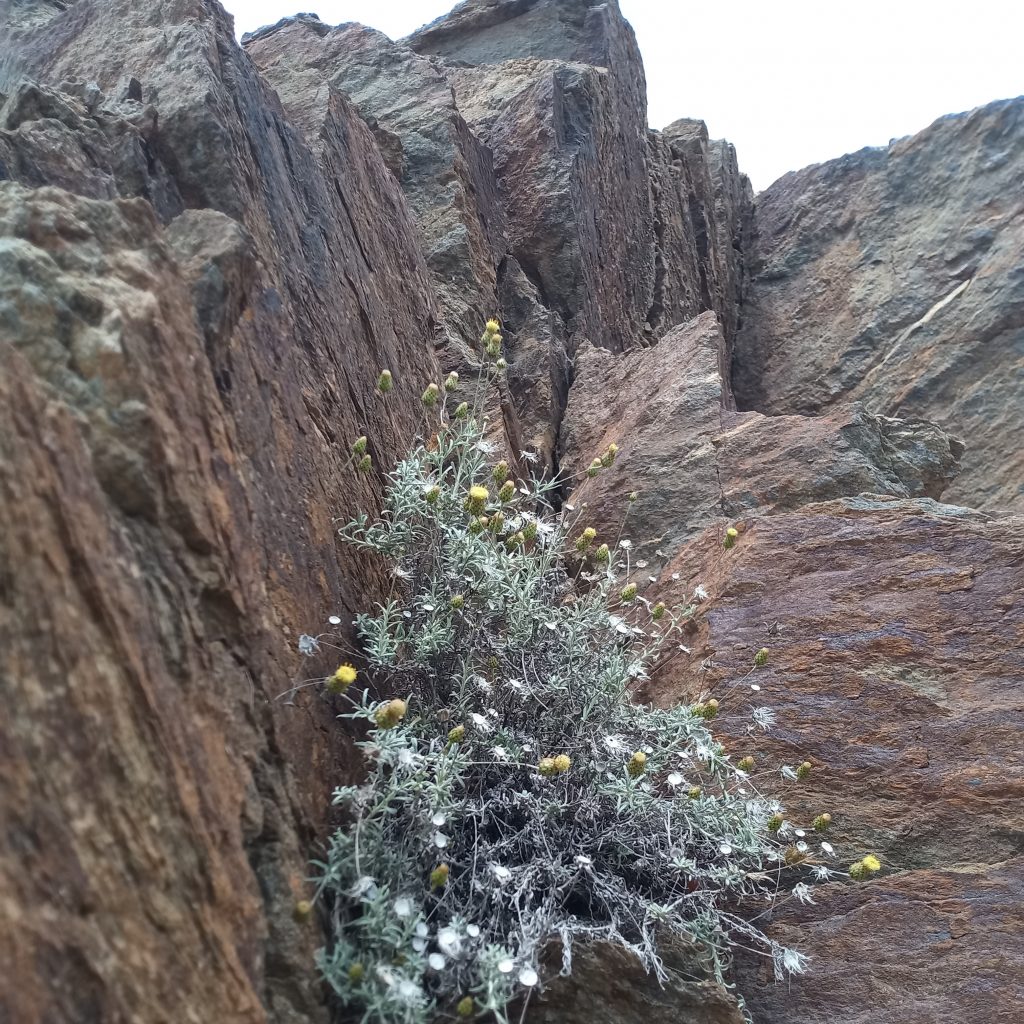
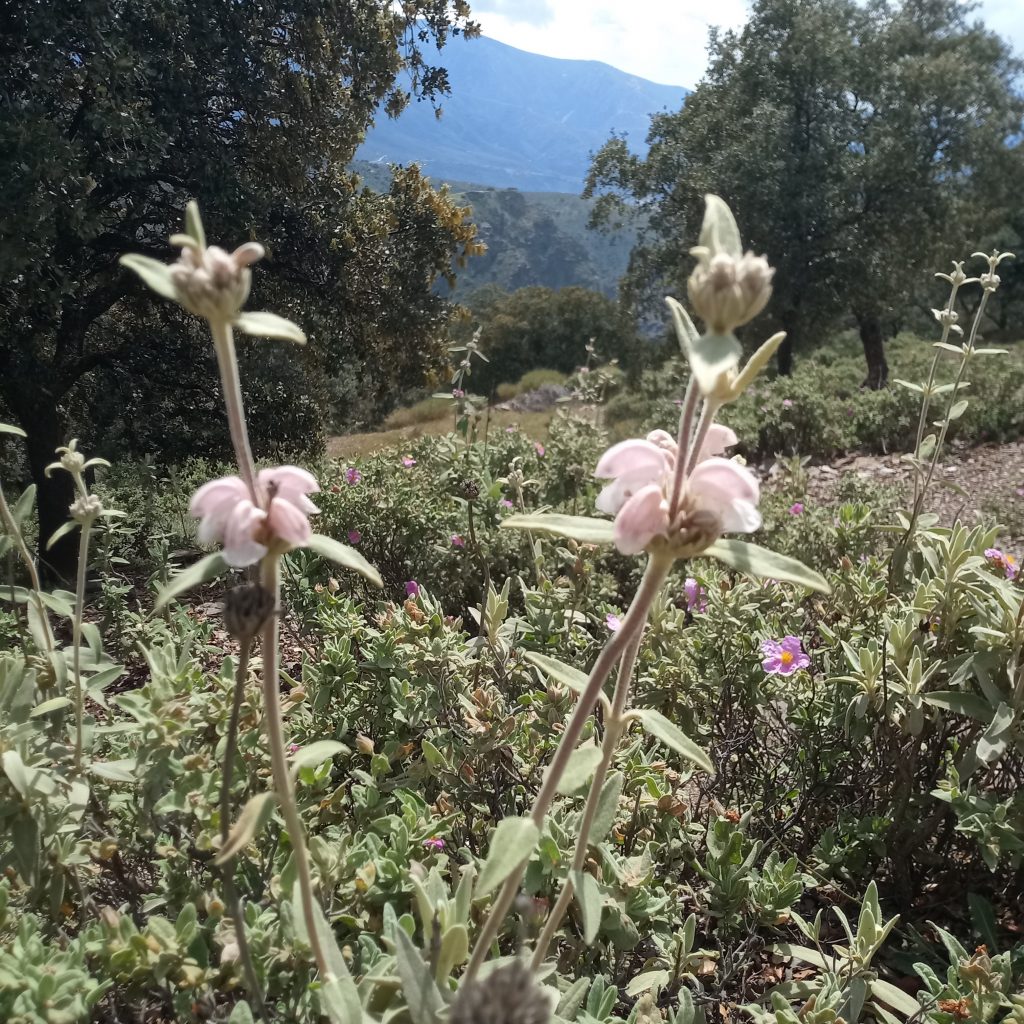
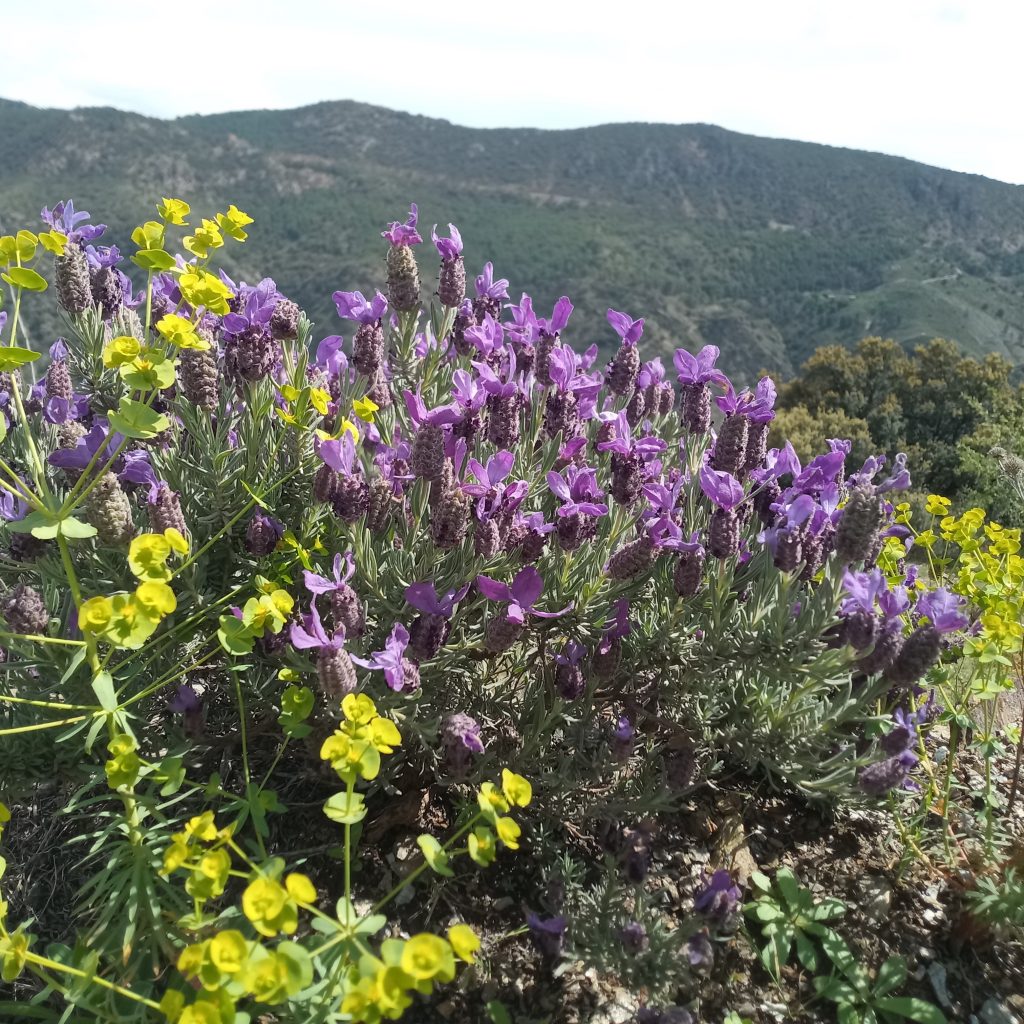
April 9-24: from Blue hounds tongue to the Scarlet Pimpernel




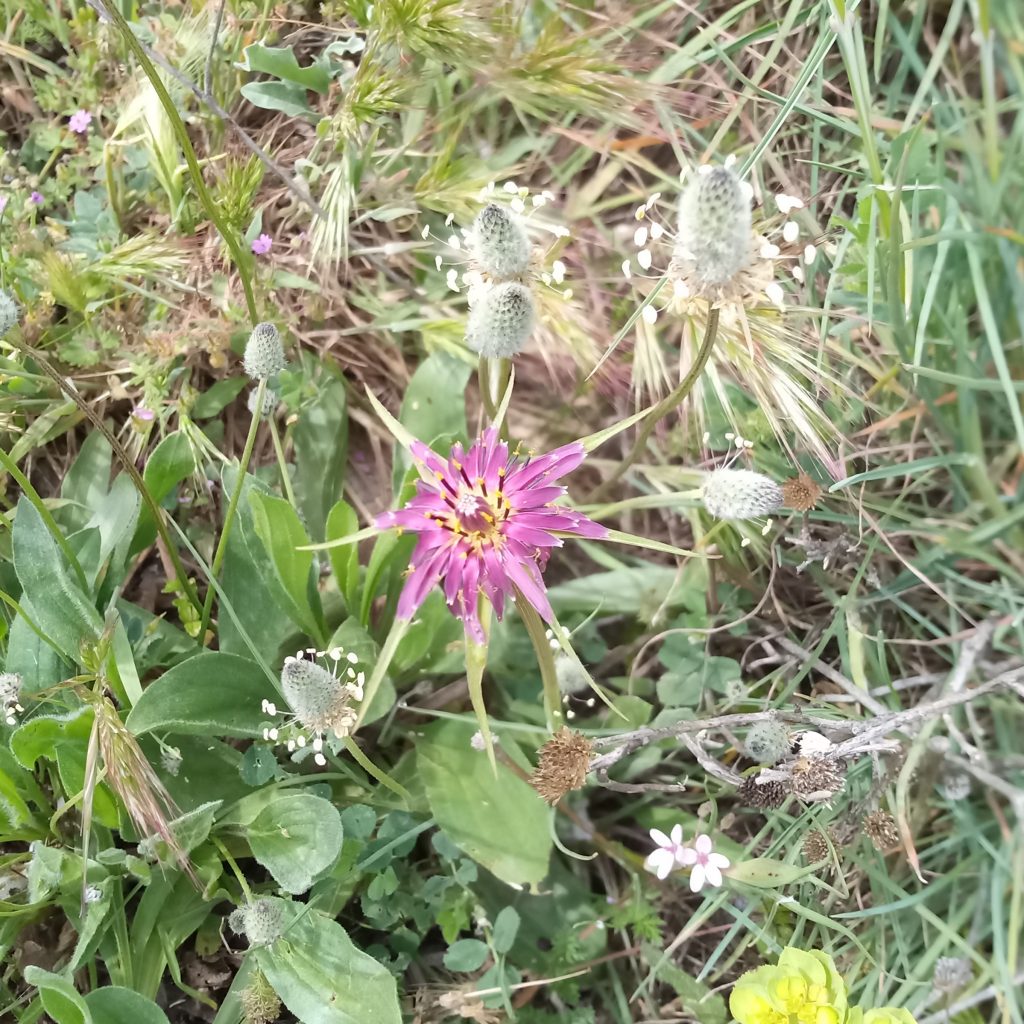
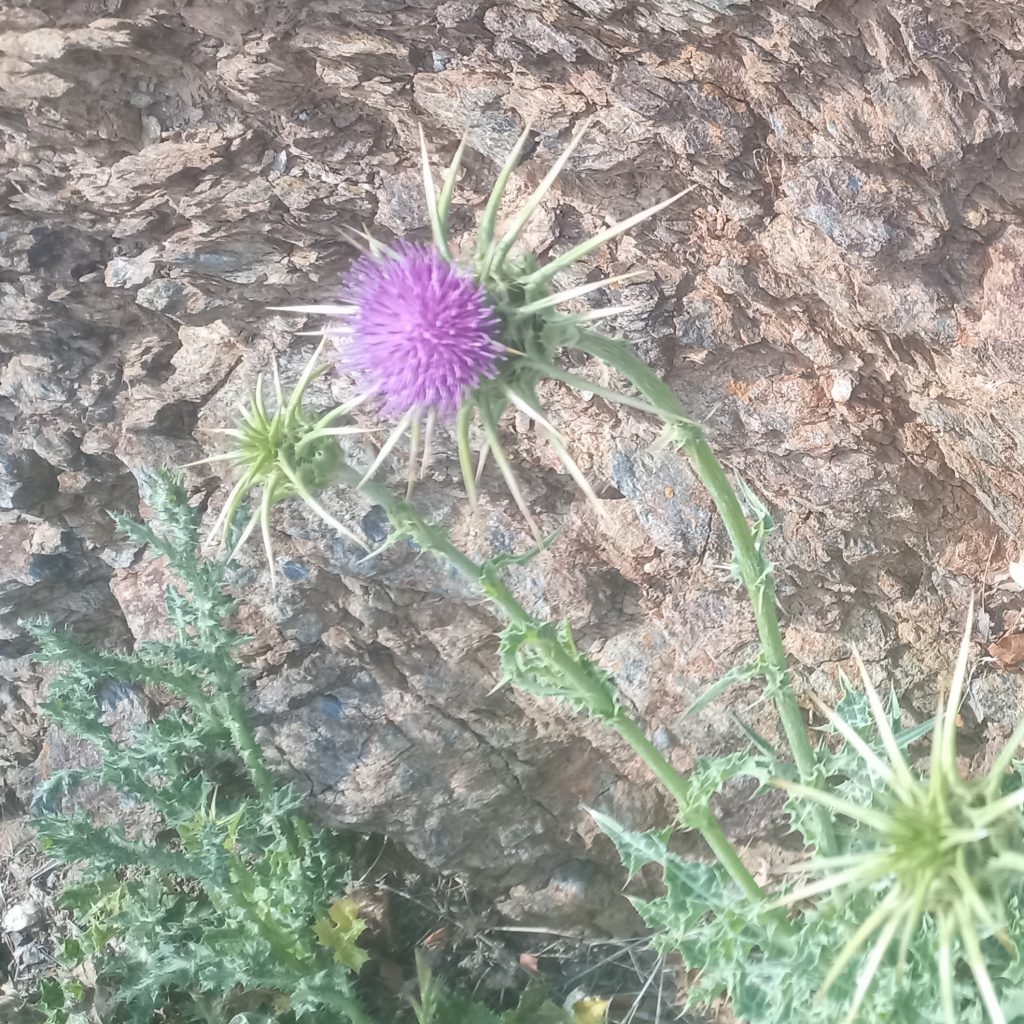

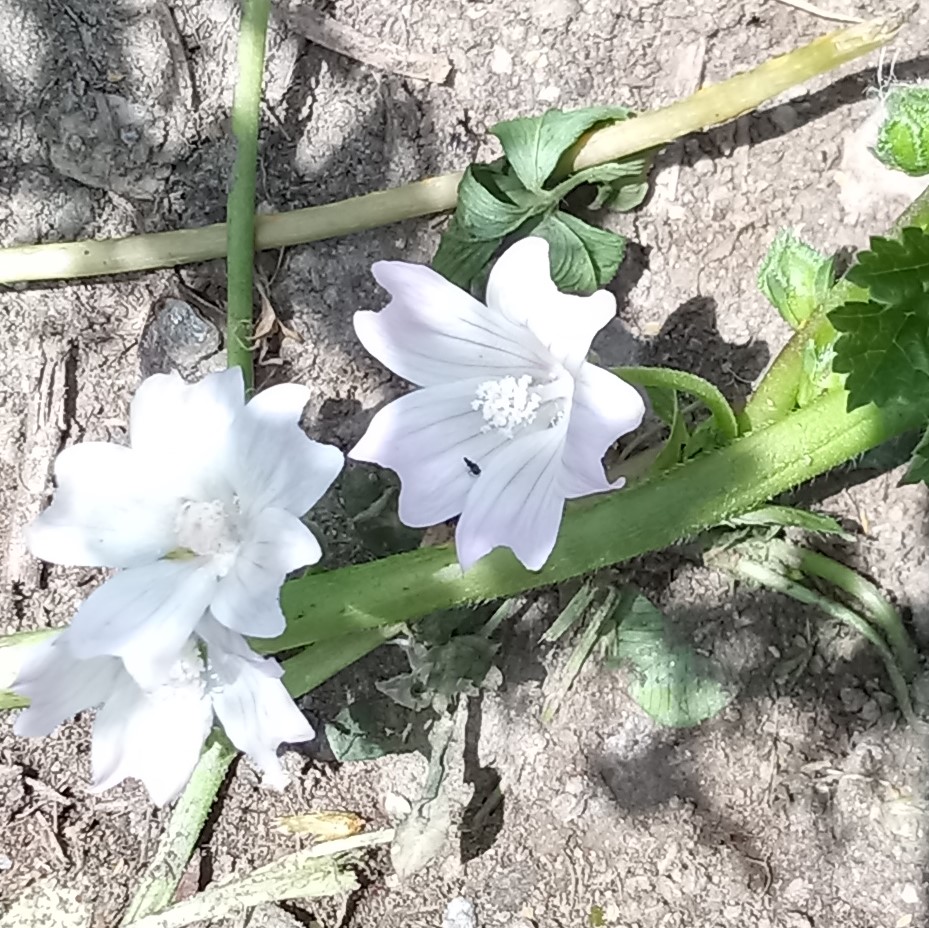
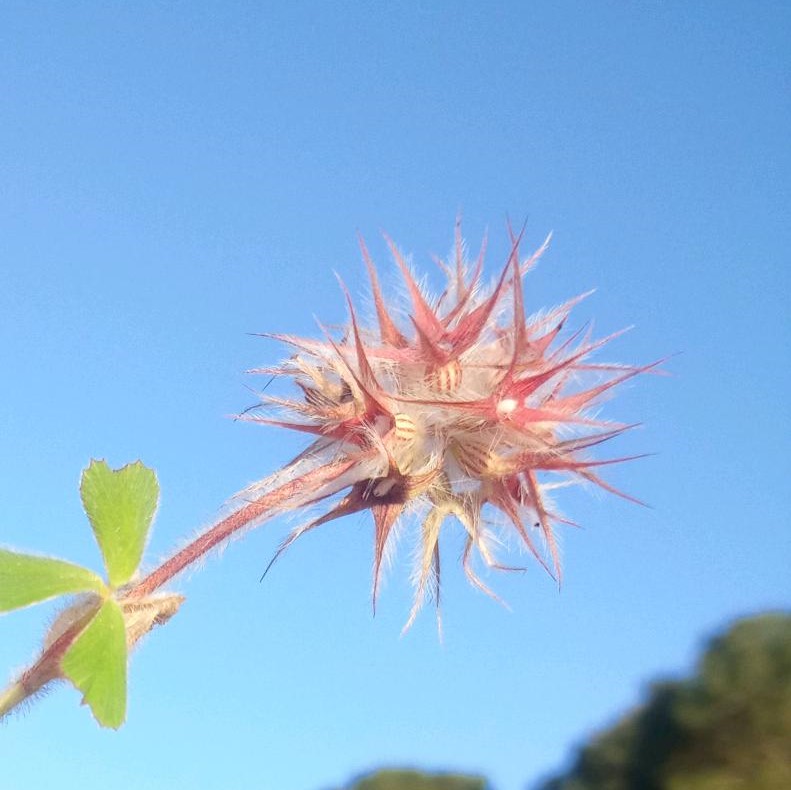
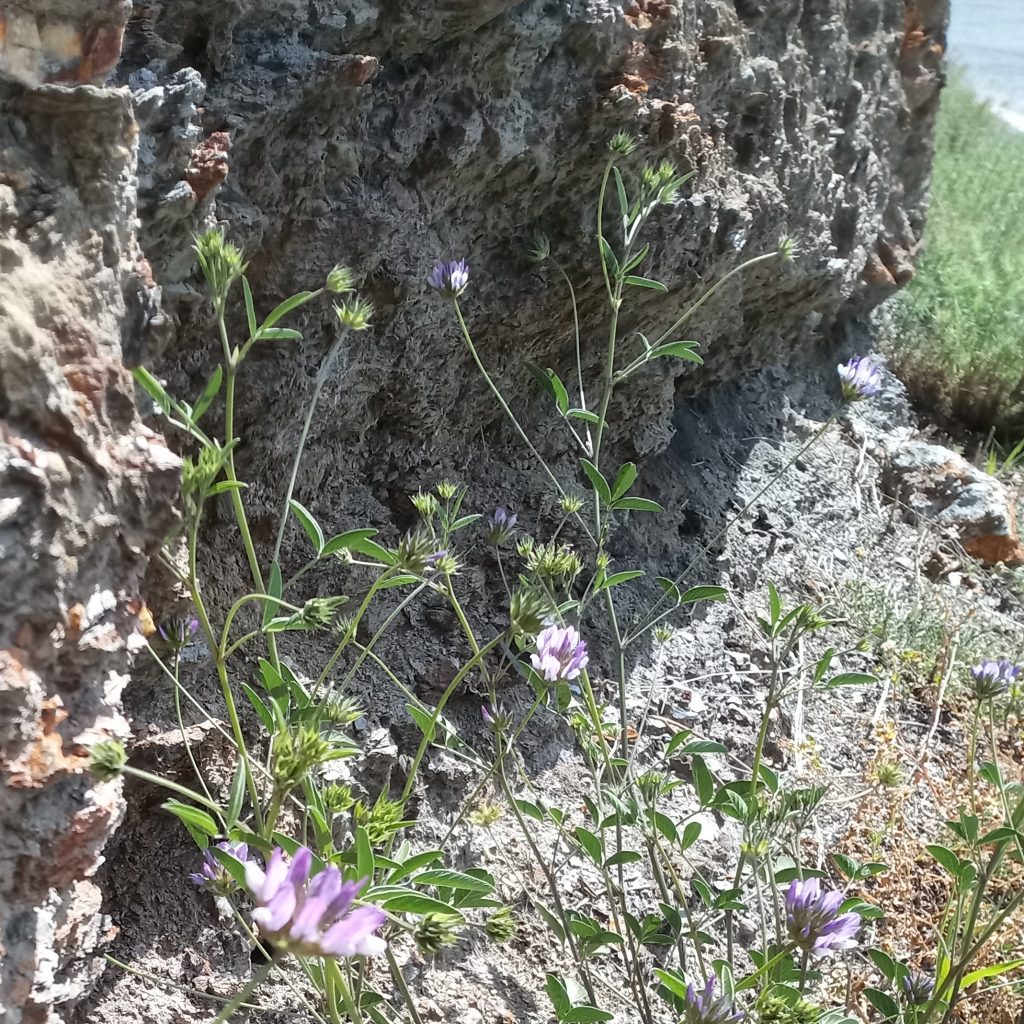
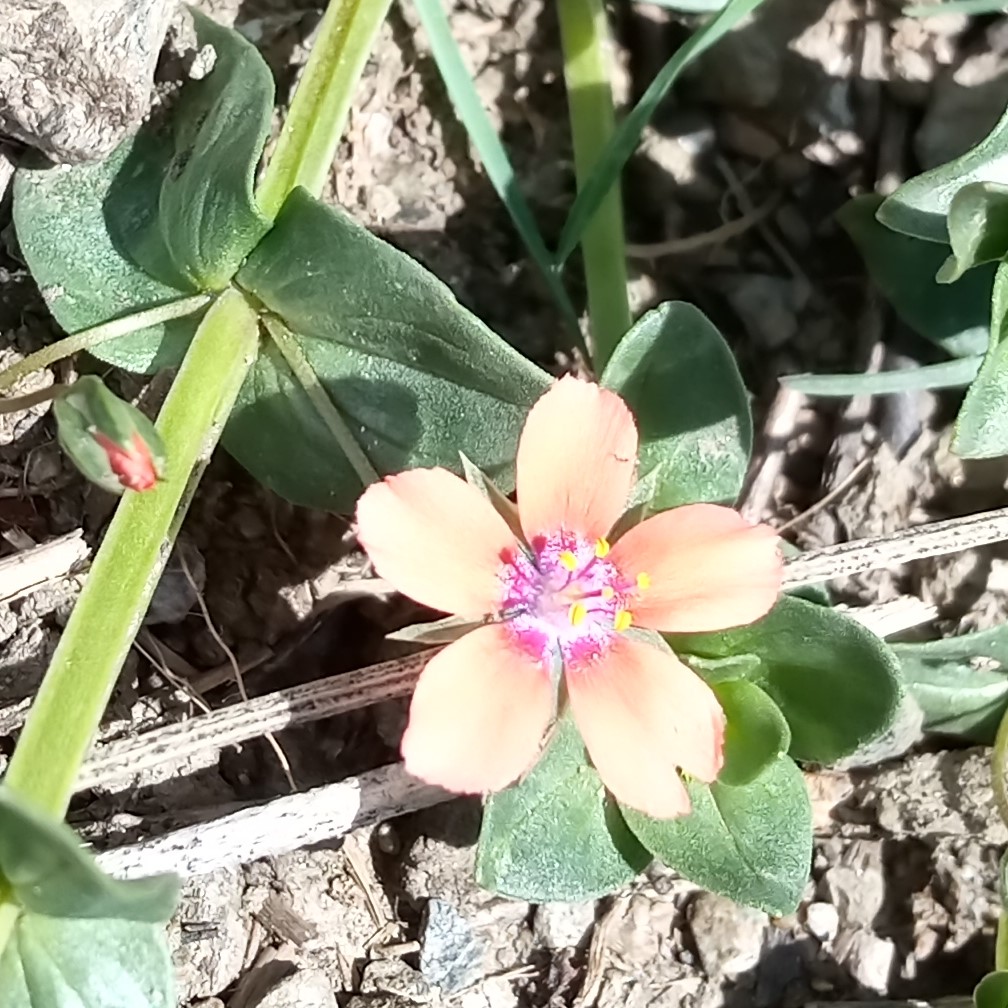
April 9 Poppy
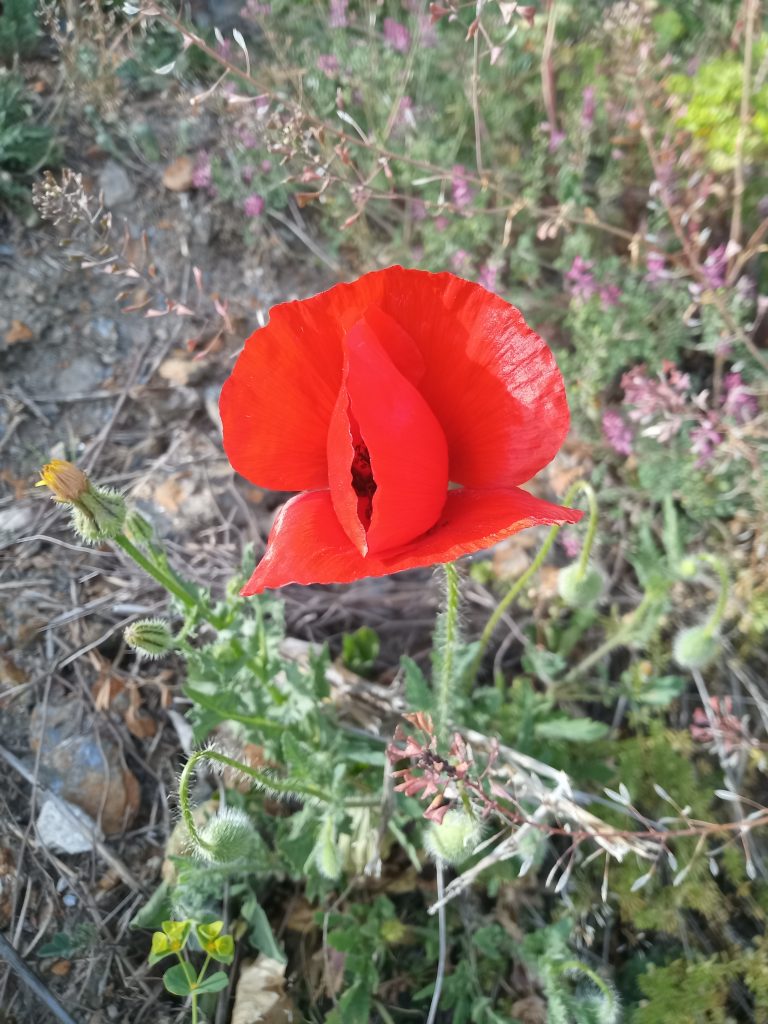
After my worst enemies the bindweed, now my greatest love, next to lavender and many other wild flowers of course: the poppy.
Before the advent of herbicides, P. rhoeas was sometimes abundant in agricultural fields. The corn poppy and its cultivars such as the Shirley poppy are widely grown in gardens. In Persian literature, red poppies, especially red corn poppy flowers, are considered the flower of love. They are often called the eternal lover flower. In classic and modern Persian poems, the poppy is a symbol of people who died for love.
April 8 Bindweed

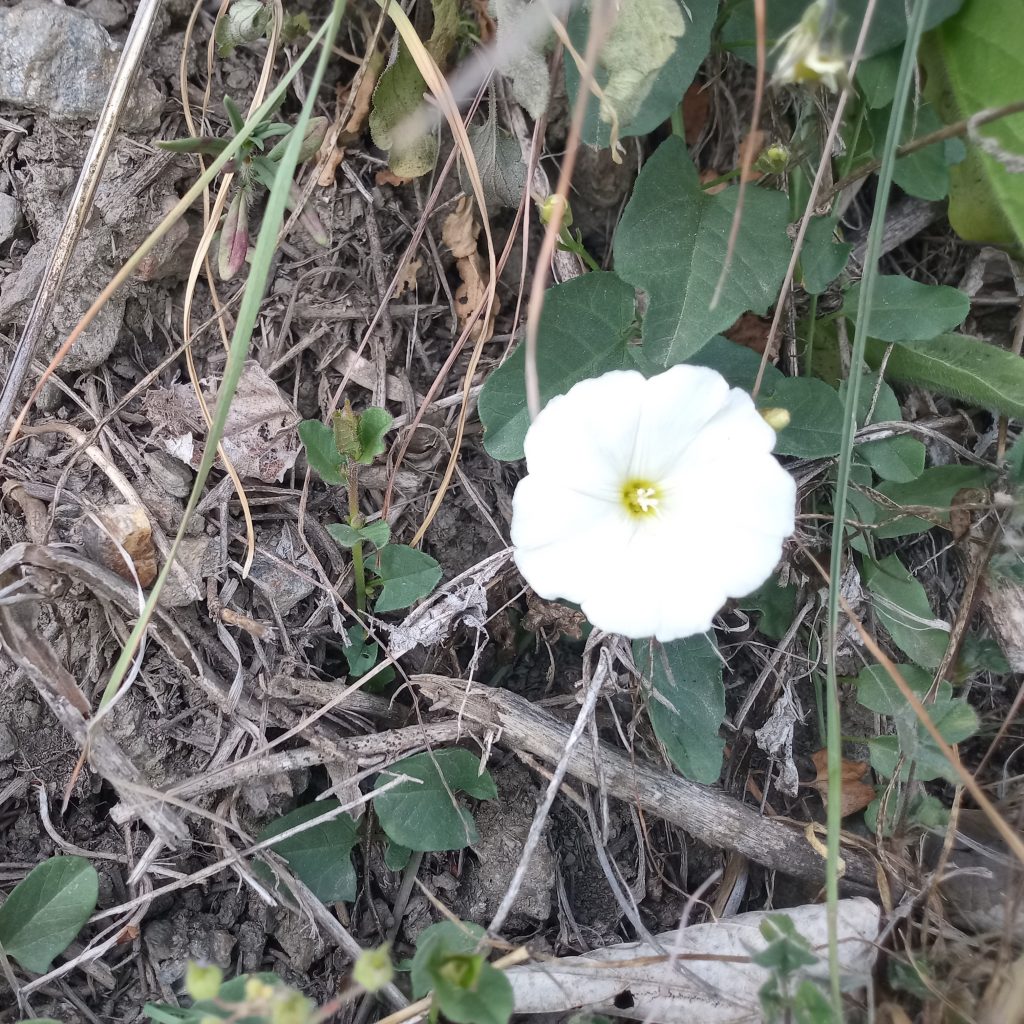
Although it produces attractive flowers, it is often unwelcome in gardens as a nuisance weed due to its rapid growth and choking of cultivated plants.
Convolvulus althaeoides wikipedia y convolvulus arvenis on wikipedia
These are two of the three plants that are not welcome on my lavender farm. At least I try to keep them in check. It is an illusion to think you can ever get rid of them. Read about my fight against bindweed here.
April 7 Common vetch
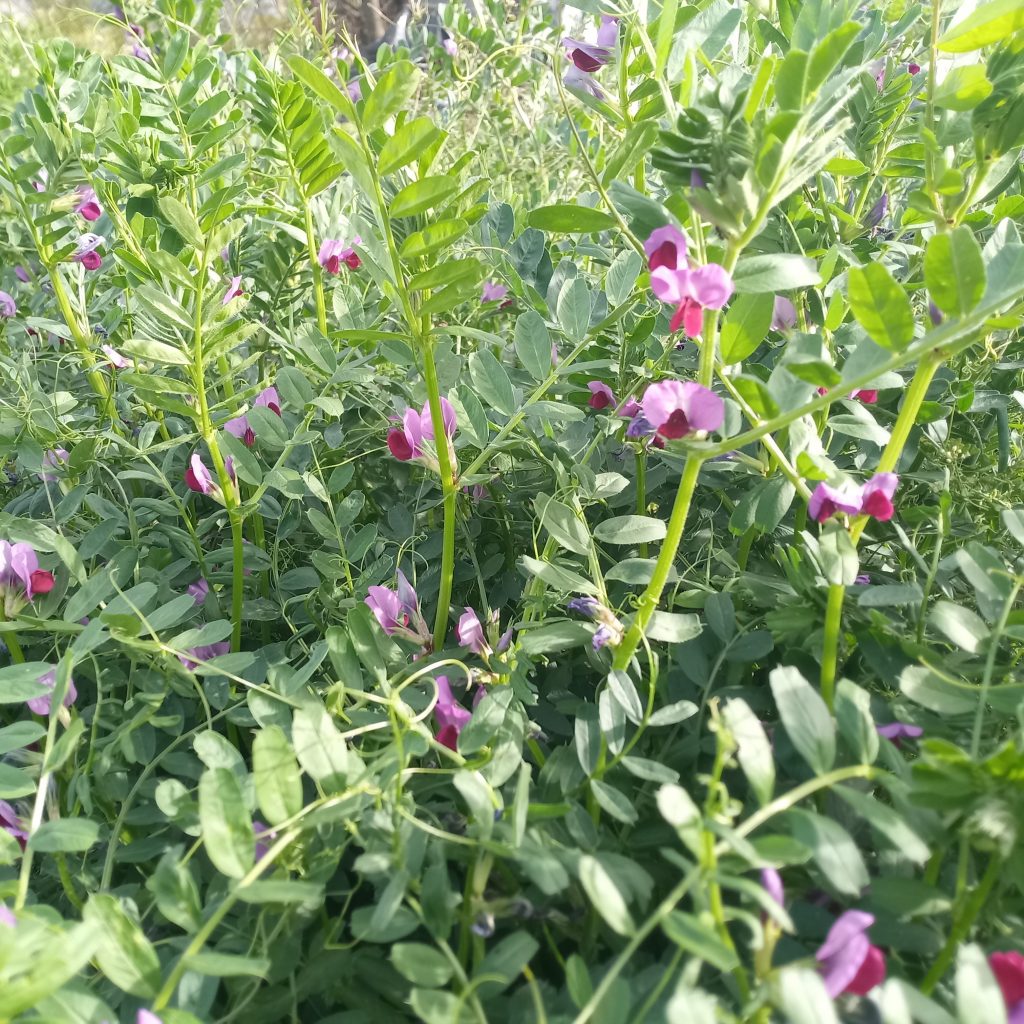
Vicia sativa, known as the common vetch, garden vetch, tare or simply vetch, is a nitrogen-fixing leguminous plant in the family Fabaceae.
benefits:
Common vetch has long been part of the human diet, as attested by carbonised remains found at early Neolithic sites in Syria, Turkey, Bulgaria, Hungary and Slovakia. Horses thrive very well on common vetch. It is a nitrogen-fixing leguminous plant.
April 6 Pink-sorrel

Oxalis articulata, known as pink-sorrel, pink wood sorrel, windowbox wood-sorrel, Chari amilo (Nepal),sourgrass, Netho (khatta) saag (India) is a perennial plant species in the genus Oxalis native to temperate South America. It has been introduced in Europe in gardens and is now naturalized in these areas.
benefits:
Oxalis articulata has a large amount of ascorbic acid and is eaten as a vegetable by inhabitants of Jharkhand, India. Oxalis articulata can be used as ground cover in green zones to inhibit the growth of weeds in such areas and alleviate the need for herbicide. This is due to the allelopathic leachates in the leaves and exudates from the roots of living Oxalis plants which display significant inhibitory activities on the growth of other plants. Oxalate extracts from the leaves have been shown to exhibit anti-fungal properties.
April 5 white buttons
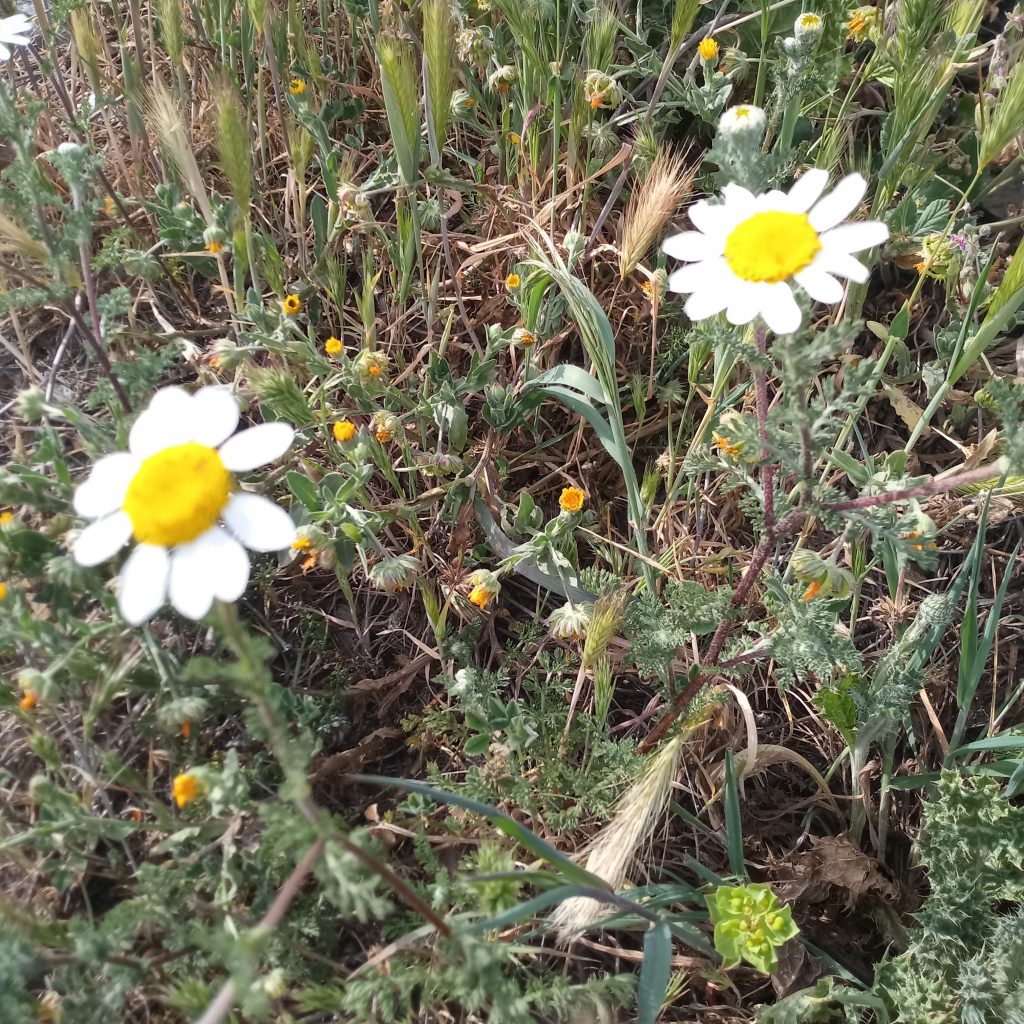
nacyclus clavata also known as Camomilla tomentosa, Pusteni targok, vit bertram, white anacyclus and white buttons is a member of the genus Anacyclus and the tribe Anthemideae and family Asteraceae.
Native Northern Africa, Southwestern and Southeastern Europe
April 4 water speedwell
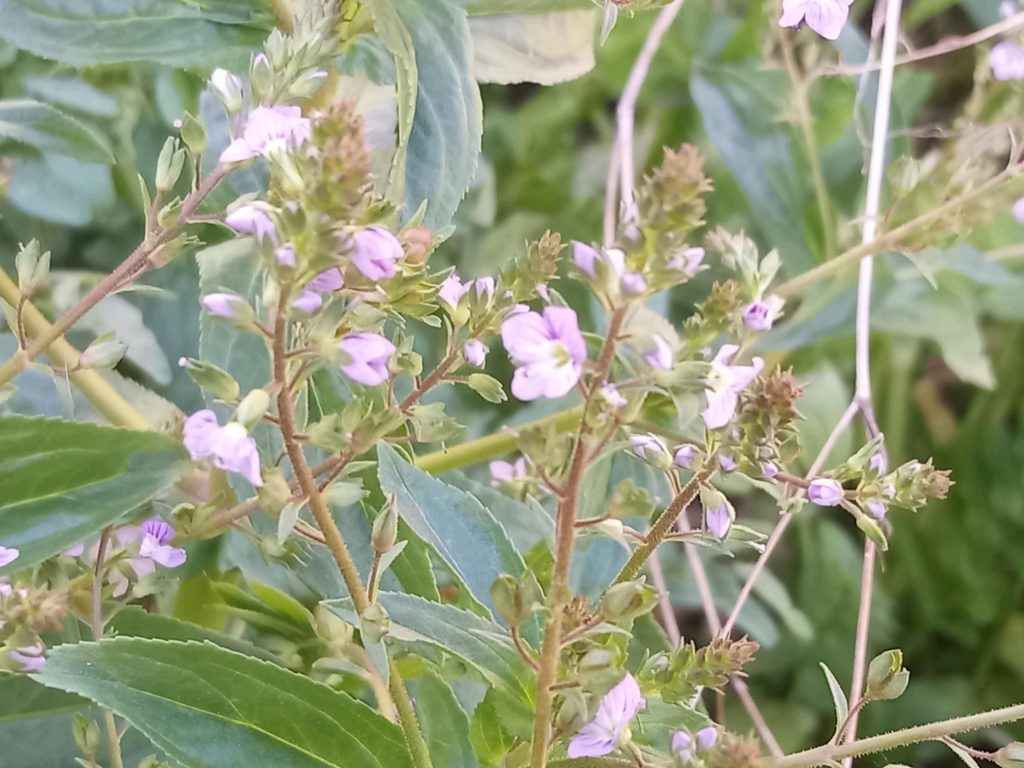
The water speedwell or brook pimpernel is present on most continents, and in most places it is probably naturalized. It occurs in many types of moist and wet habitat, and it is semi-aquatic, often growing in shallow water along streambanks, in ponds, and in other wetland environments. It is listed as threatened in Indiana, and as endangered in Massachusetts, New Jersey, and Tennessee.
Veronica anagallis-aguatica on the IUCN red list
April 3 Yellow mignonette
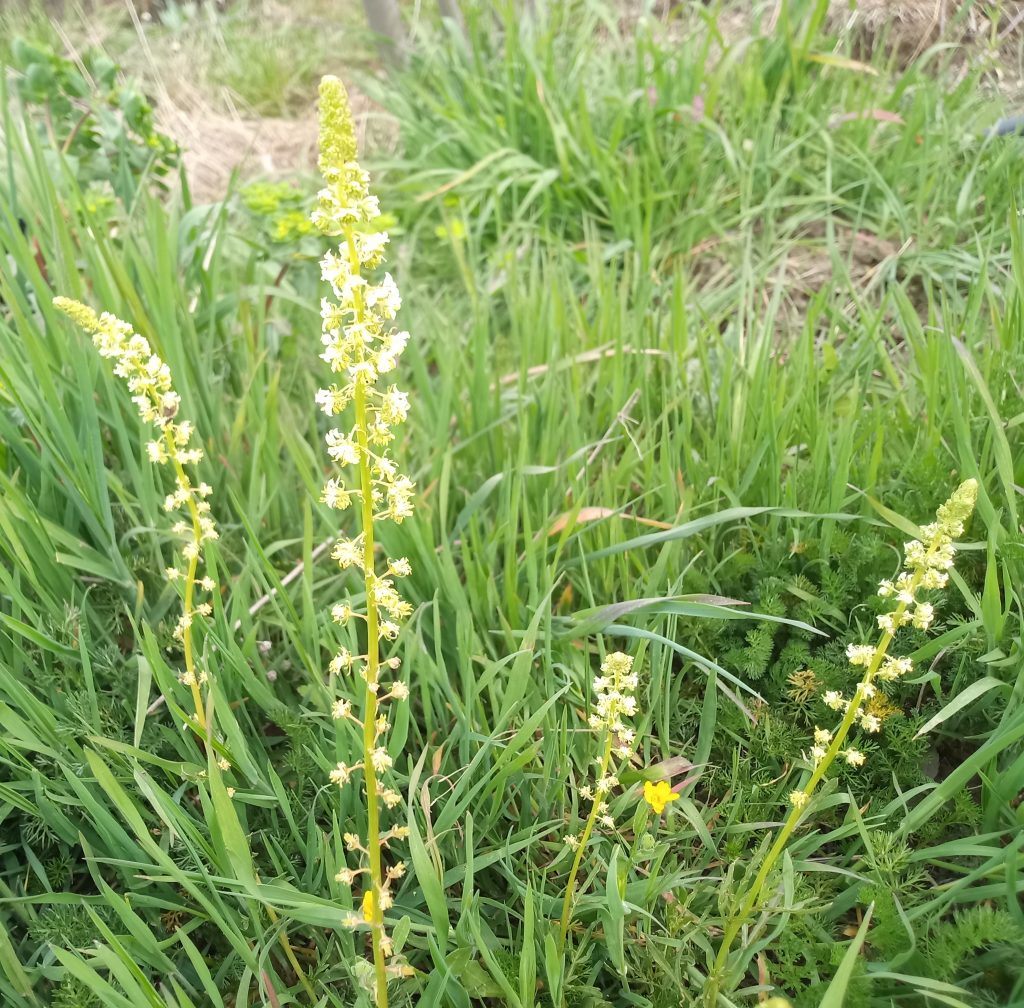
benefits:
the yellow mignonette or wild mignonette, is a species of fragrant herbaceous plant. Its leaves and flowers have been used to make a yellow dye called “weld” since the first millennium BC, although the related plant Reseda luteola was more widely used for that purpose.
April 2 Butterfly orchid
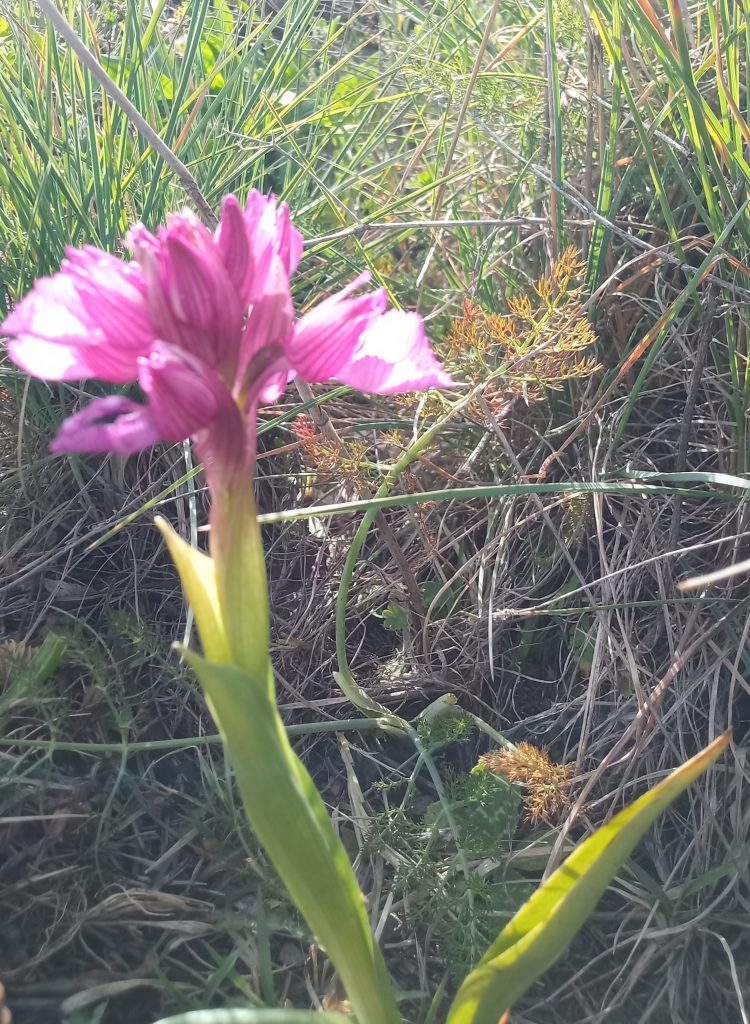
The species is found in Southern Europe and Northern Africa and favors dry and stony ground.
April 1 White-leaf rock rose
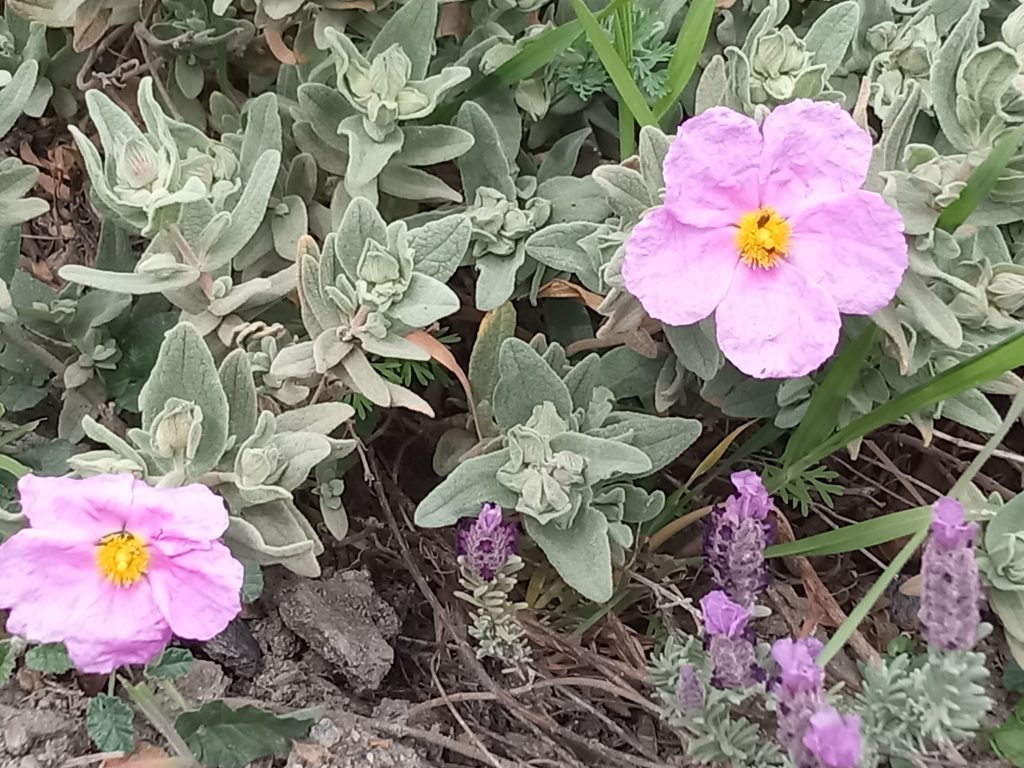
Cistus albidus, the grey-leaved cistus, is a shrubbyspecies of flowering plant in the family Cistaceae, with pink to purple flowers, native to south-western Europe and western north Africa.
March 31 Crimenian Iris
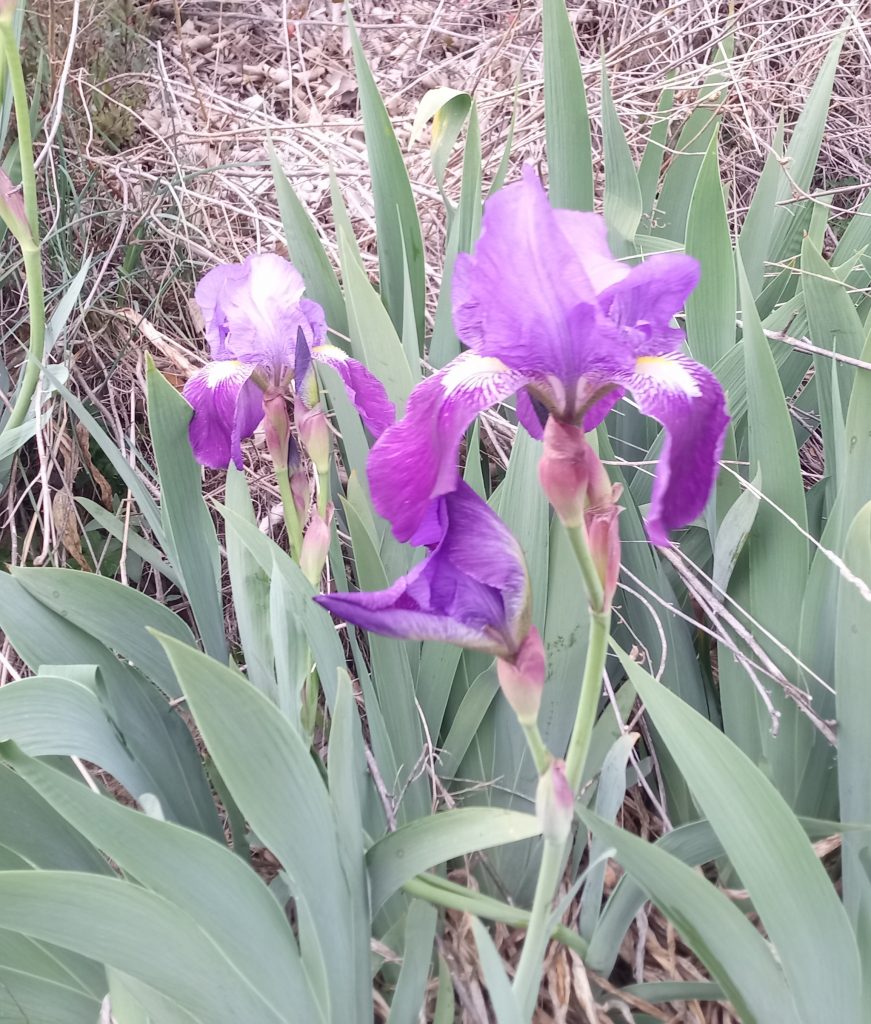
Iris lutescens, the Crimean iris, is a rhizomatous flowering plant in the genus Iris. It is native to North East Spain, Southern France and Italy. It is found on rocky or sandy hillsides or in woodlands. It is very hardy, down to −20 °C (−4 °F) or less.
This plant is cultivated as an ornamental plant in temperate regions.
March 30 Snapdragon
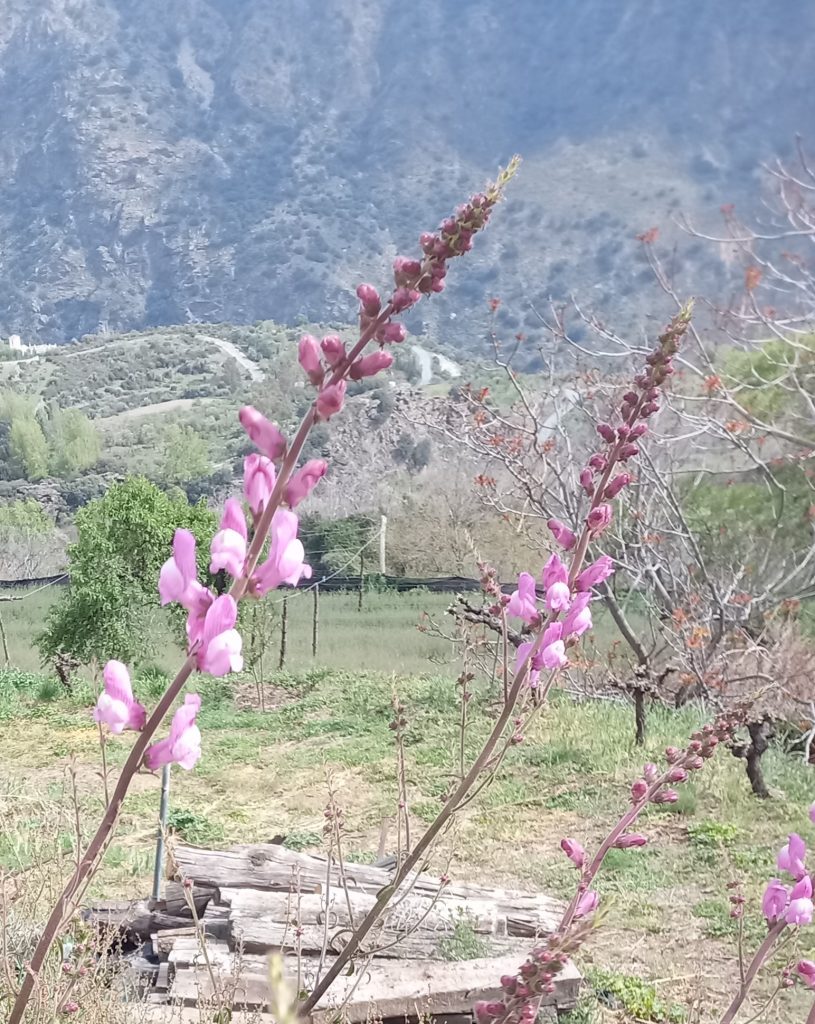
benefits:
- Antirrhinin is an anthocyanin. It is effective against inflammations. It has been used against ulcerations of the oral cavity. Internally, it can be used for colitis and heartburn. Externally, as poultices.
March 29 Buttercup
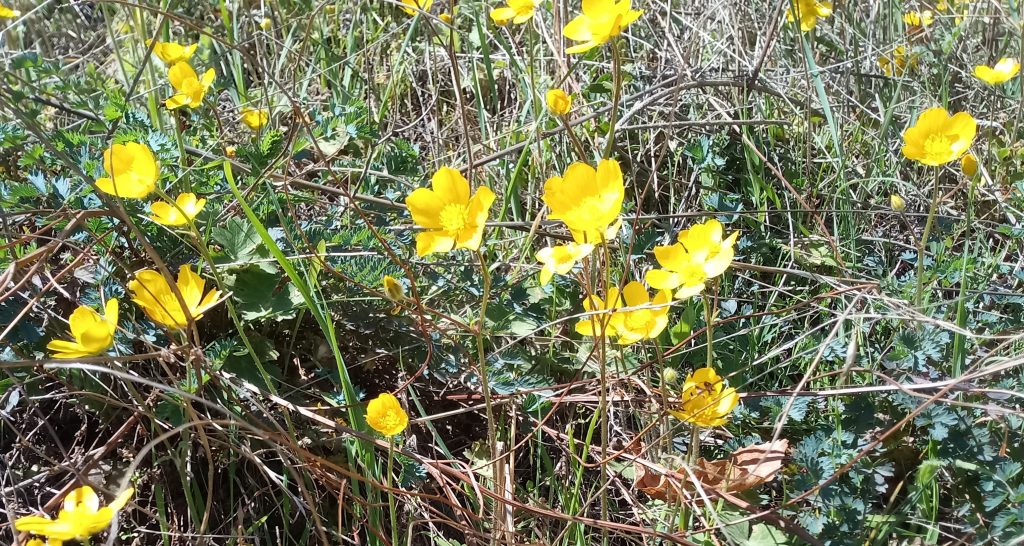
There are also many species of buttercups. In Spain the ranunculus abnormis is found. I will assume it is this one. All Ranunculus (buttercup) species are poisonous when eaten fresh. The toxins are degraded by drying.
benefits:
- The most common uses of Ranunculus species in traditional medicines are anti-rheumatism, intermittent fever and rubefacient. The findings in some Ranunculus species of, for example, protoanemonin, anemonin, may justify the uses of these species against fever, rheumatism and rubefacient in Asian traditional medicines.
March 28 Hairy Vetch

benefits:
- It is a nitrogen-fixing legume. The vetch vegetation provides both nitrogen and an instant mulch that preserves moisture and keeps weeds from sprouting.
March 27 Starflower

benefits:
- Traditionally, borage was cultivated for culinary and medicinal uses. Today, the Starflower is mainly cultivated as an oilseed.
- Borage is used as either a fresh vegetable or a dried herb. As a fresh vegetable, borage, with a cucumber-like taste, is often used in salads or as a garnish.
March 26 Mallow
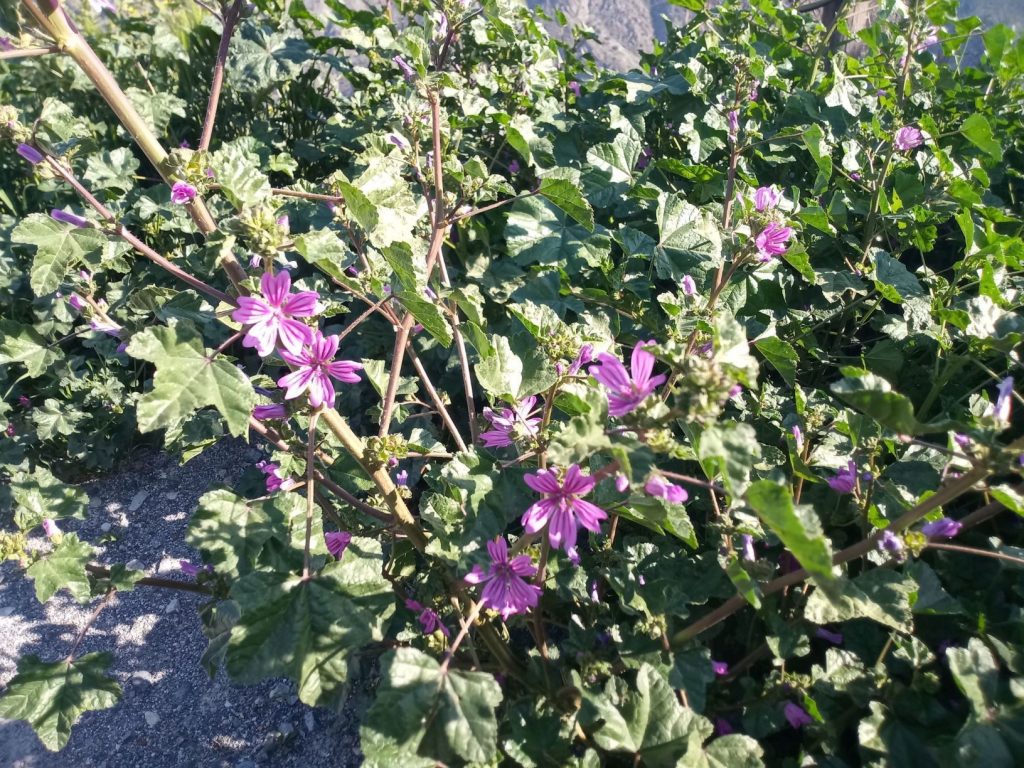
Malva is a genus of about 25–30 species of herbaceous annual, biennial, and perennial plants in the family. The genus is widespread throughout the temperate, subtropical and tropical regions of Africa, Asia and Europe.
benefits:
- Many species are edible as leaf vegetables
March 25 Rapeseed
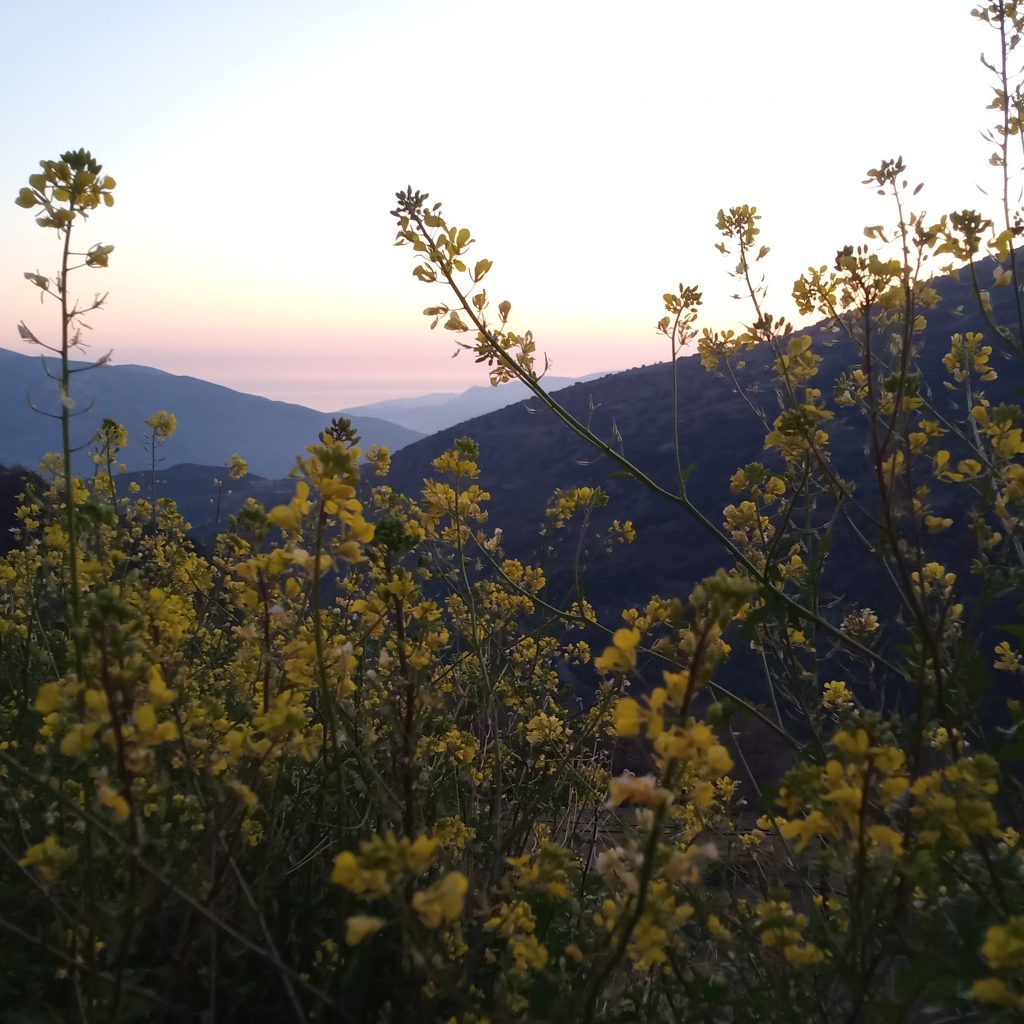
benefits:
- Rapeseed is used for animal feed, edible vegetable oils, and biodiesel. Rapeseed was the third-leading source of vegetable oil in the world in 2000, after soybean and palm oil. It is the world’s second-leading source of protein meal after soybean.
March 24 pimpernel
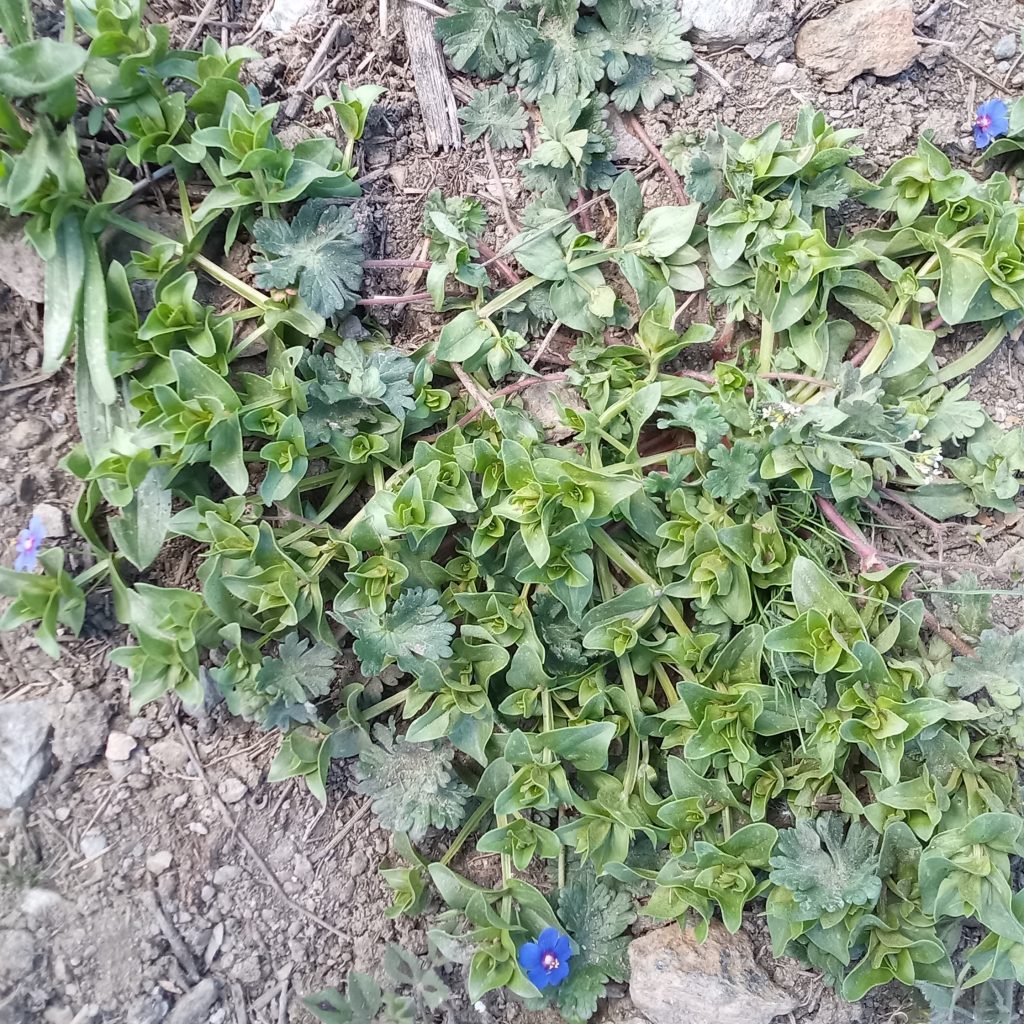
It is a Pimpernel. But I don’t know which one it is. Anagallis is a genus of about 20–25 species of flowering plants in the family Primulaceae, commonly called pimpernel.
March 23 Erodium
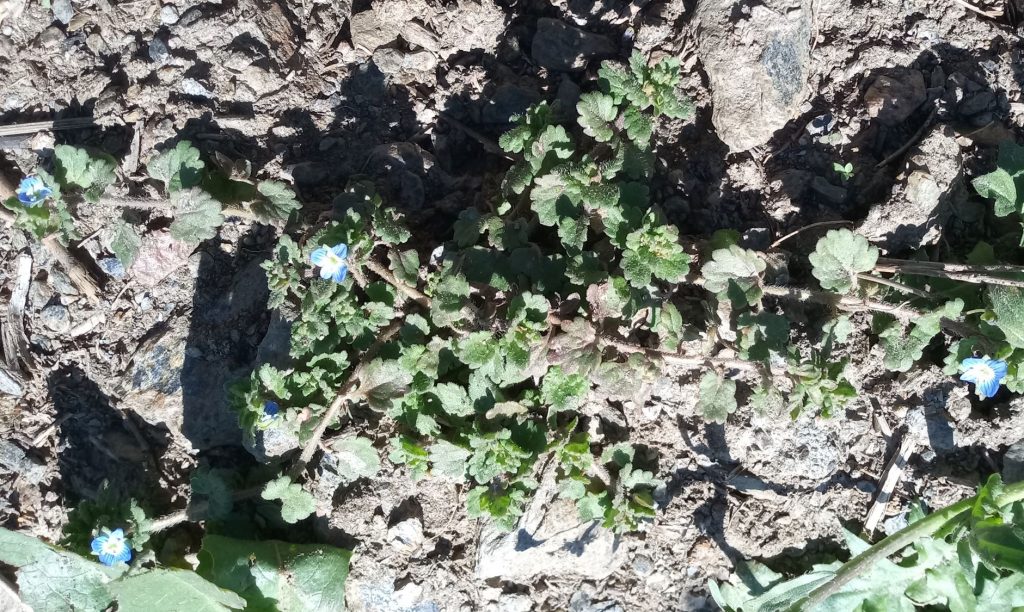
It is difficult to find out which species of Erodium this is. My app says Erodium Corsicum, but those flowers are not blue. On the Spanish website elhogarnatural they say it is a genus comprising 90 species of annual and perennial plants from Mediterranean mountainous areas. And that is exactly where we are. So it could be a E. cicutarium, E. malacoides, E. corsicum, E. reichardii, E. chrysanthum, E. chamaedryoides 🙂
March 22 Wild geranium
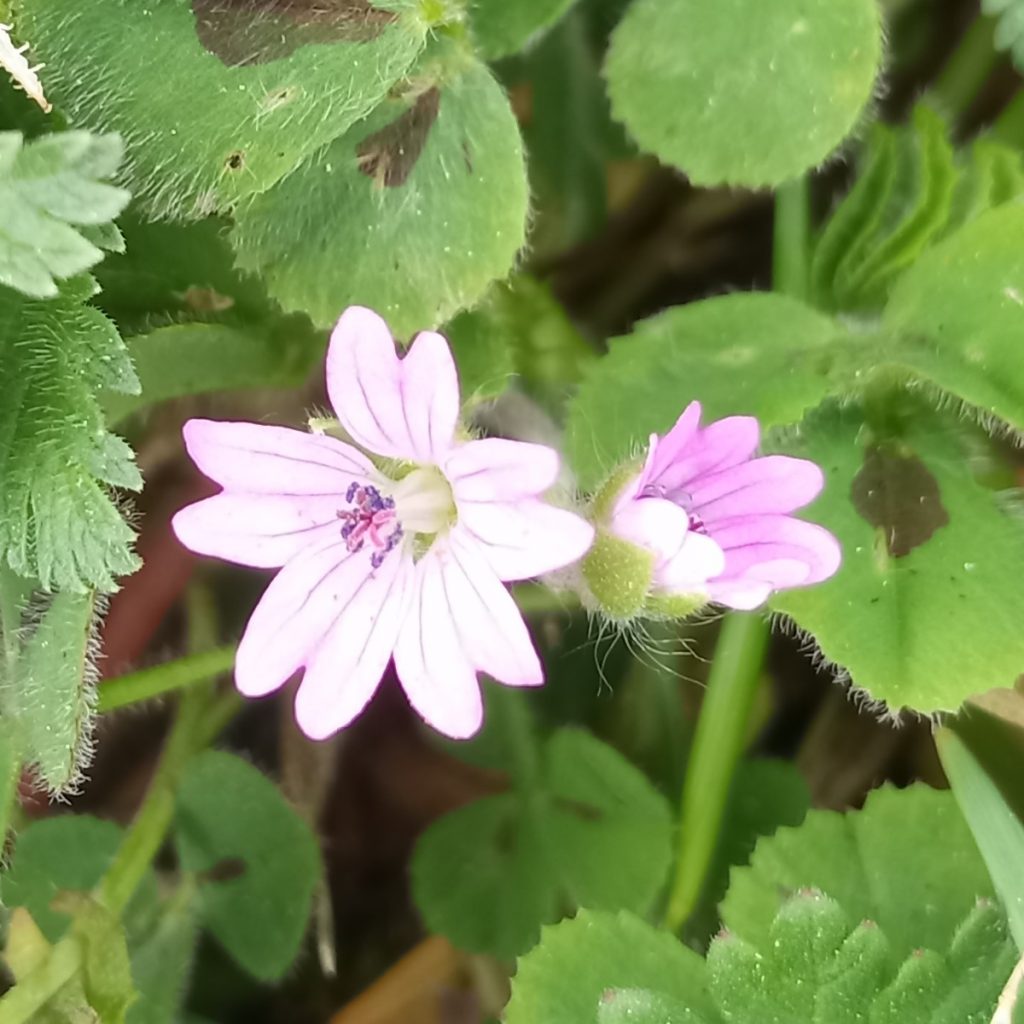
benefits:
- The wild geranium is used in traditional medicine.
March 21 common fumitory
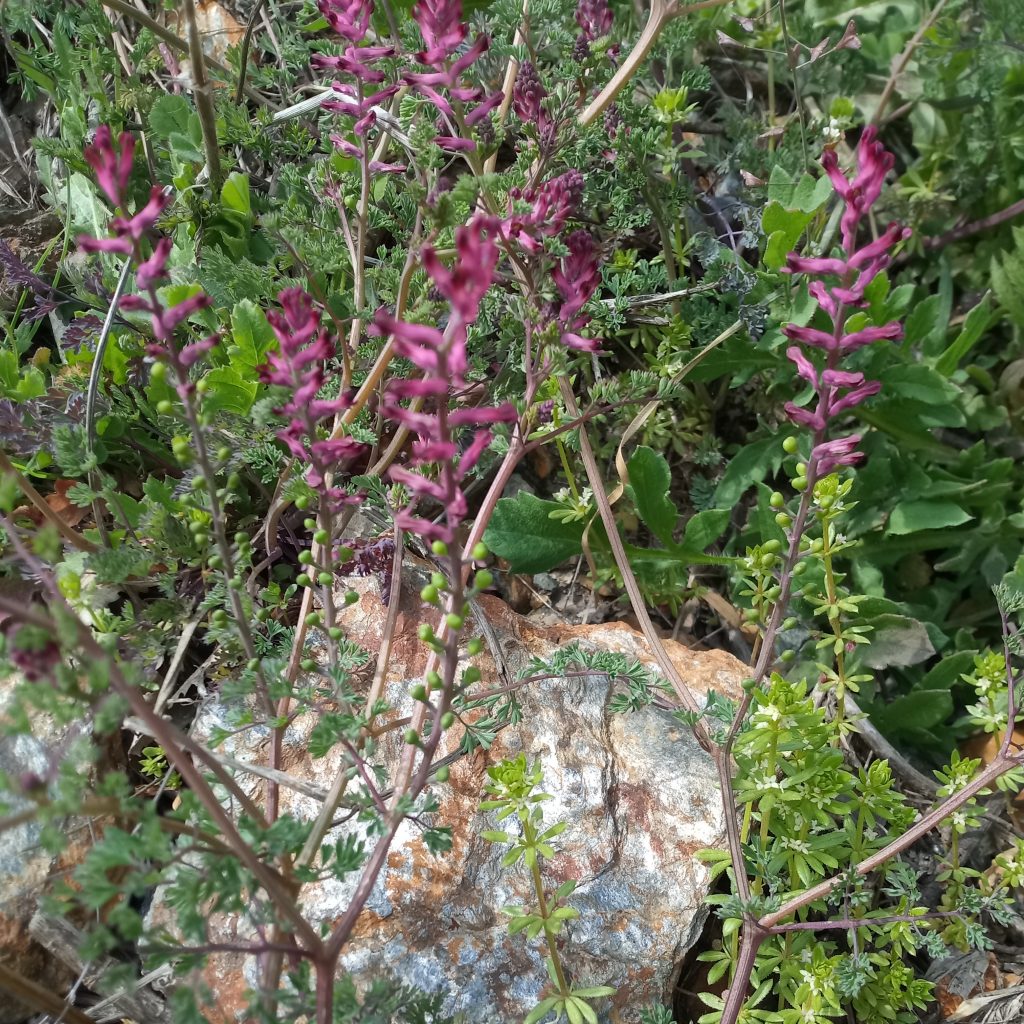
benefits:
- Common fumitory contains alkaloids, potassium salts, and tannins and is also a source of fumaric acid.
- The plant is used as a medicine since the late Middle Ages. Some people say fumitory is poisonous and should only be used under the direction of a medical herbalist.
March 20 shepherd’s purse
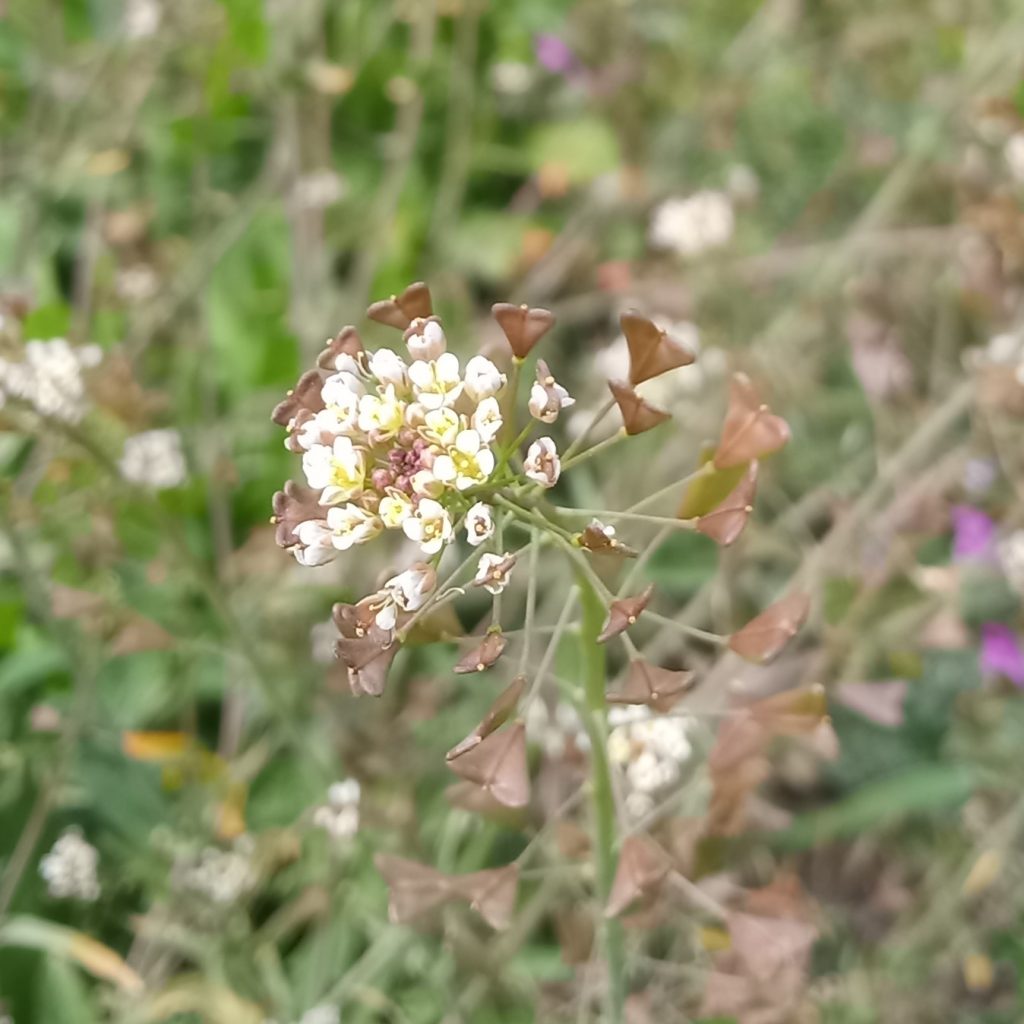
benefits:
- The shepherd’s purse has many uses. It is food for animals, used for cosmetics and used in traditional medicine. The say it stops bleeding.
- It can be eaten raw in salad.
March 19 Sun spurge

benefits:
- Active ingredients are extracted from it for use in pharmaceutical industry. The plant is used in Chinese traditional medicine. Take care: it is highly poisonous.
March 18 Sweet Alison
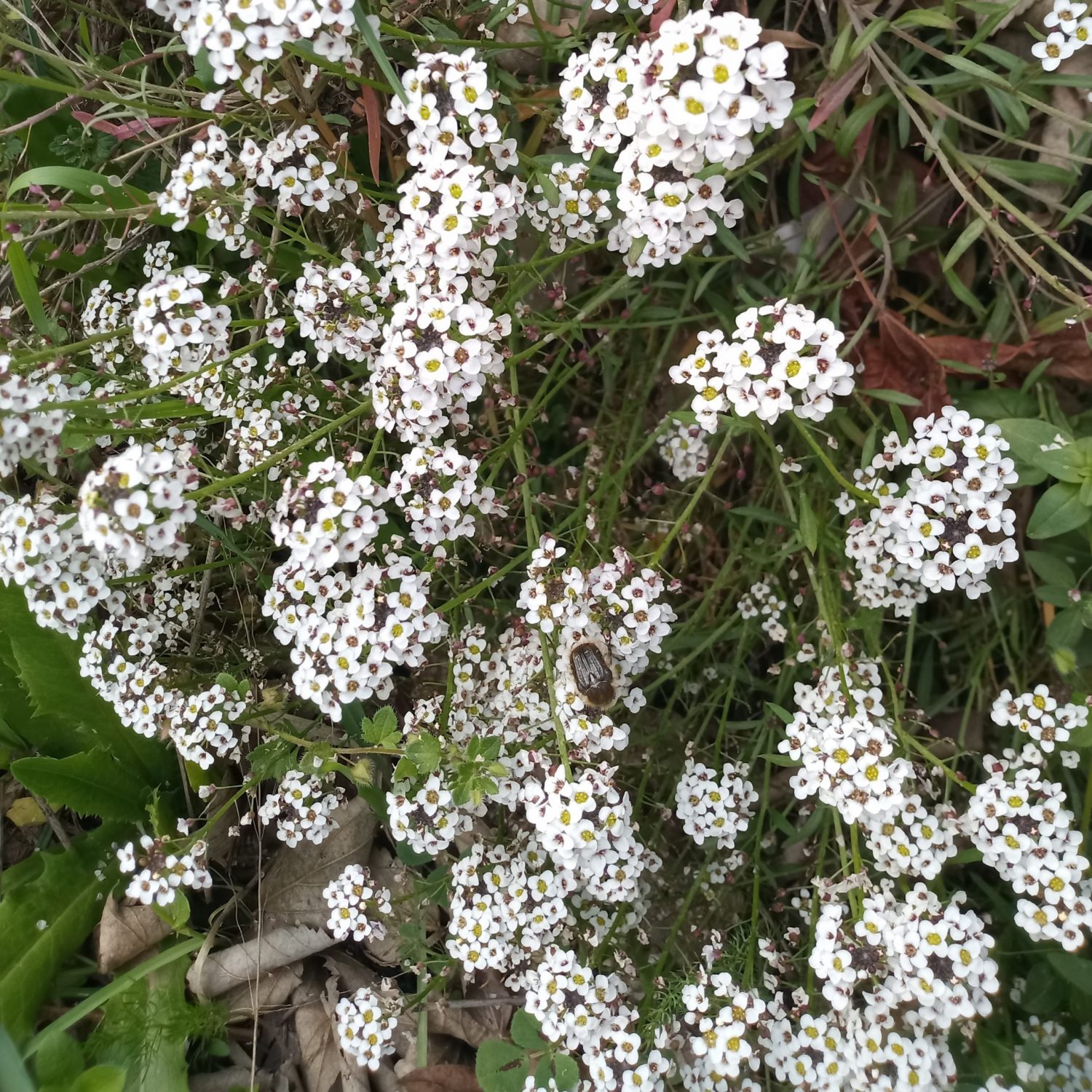
benefits:
- The petals, leaves, and tender stems of the plant can be eaten raw or cooked.
- Sweet-smelling flowers, with an aroma similar to that of honey
March 17 Redstem stork’s bill

benefits:
- The young leaves are edible raw or cooked. The whole plant is reportedly edible with a flavor similar to sharp parsley if picked young.
- According to the book Honey Plants of North America (1926) “the pink flowers are a valuable source of honey (nectar), and also furnish much pollen”. The plant was introduced in North America in the eigtheenth century
March 16 Spanish lavender

benefits:
- Flower spikes of the lavandula stoechas have been used against headaches, irritability, feverish colds and nausea and for wounds, rheumatic pain and as an insect repellent.
- The infusion of its dry flowers helps to cure affections of the chest and bronchi.
- The flowers are used in aromatherapy.
- Lavandula stoechas is used commercially in air fresheners and insecticides.
Lavender stoechas on our lavender farm
March 15 Sweetscented bedstraw

benefits:
- It is ideal as a groundcover or border accent in woody, acidic gardens where other shade plants fail to thrive.
- The plant is strongly scented, the sweet scent being derived from coumarin. This scent increases on wilting and then persists on drying. Therefore the dried plant is used in potpourri and as a moth deterrent.
March 14 Henbit dead-nettle
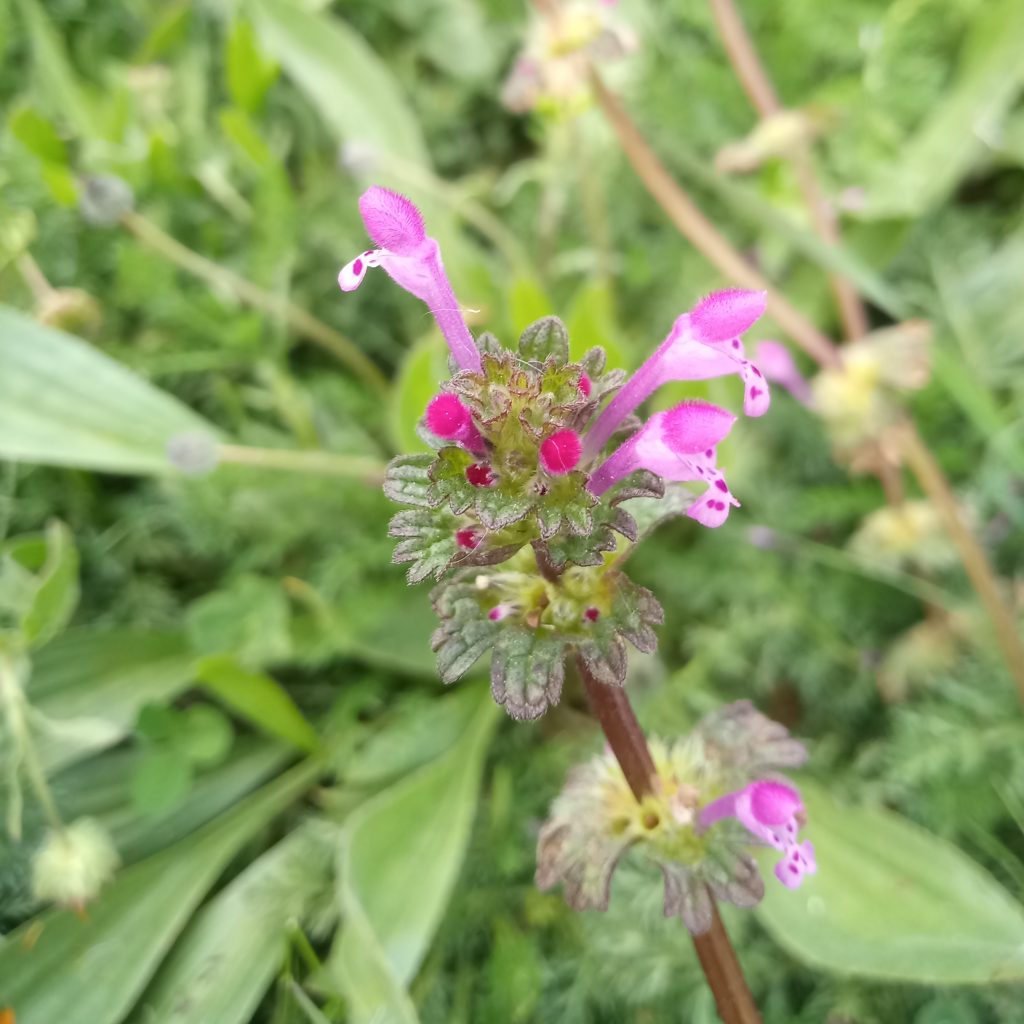
benefits:
- Henbit dead-nettle it is an important nectar and pollen plant for bees. It is especially helpful for honeybees to start in spring.
- The young leaves and shoots can be eaten raw or cooked, as can the stems and flowers. Henbit has a slightly sweet and peppery flavor, similar to celery.
March 13 Mediterranean stork’s bill
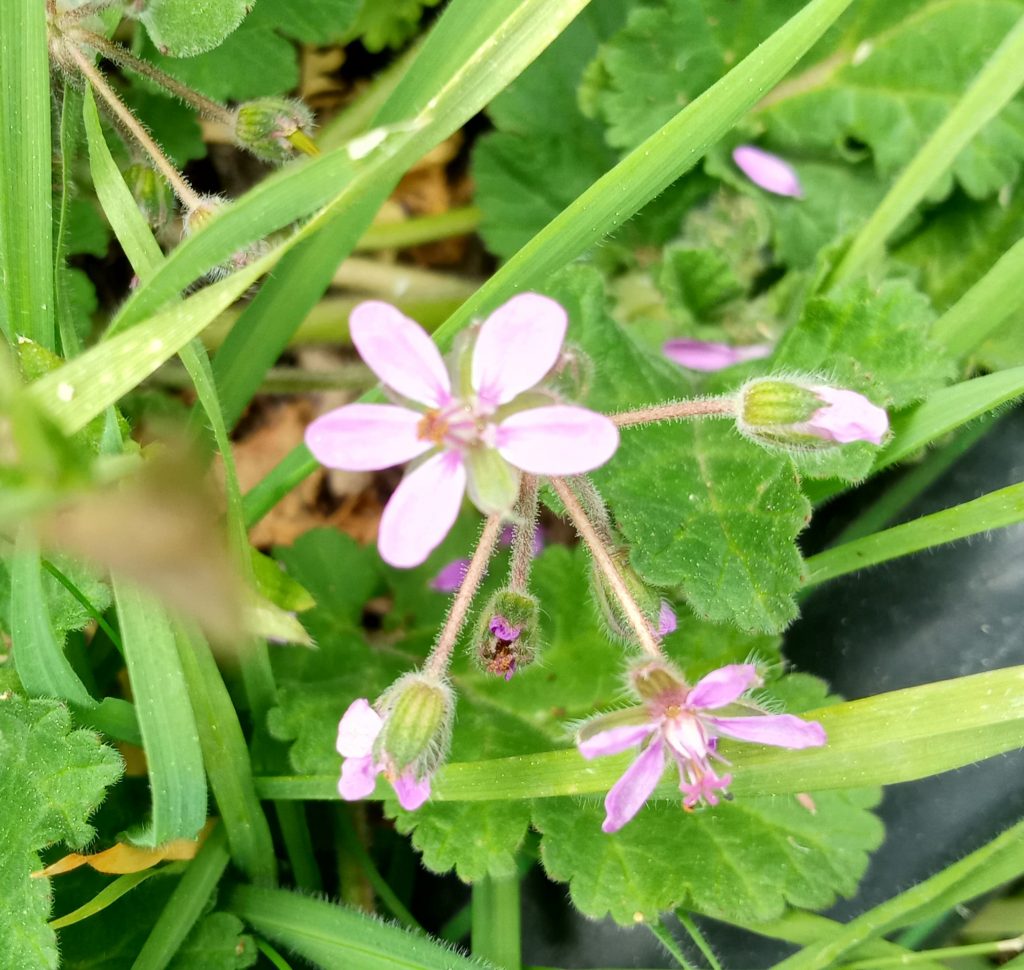
Erodium malacoides is a species of flowering plant in the geranium family. It is an annual or biennial herb which is native to much of Eurasia and North Africa but can be found on most continents where it is an introduced species.
March 12 Periwinkle
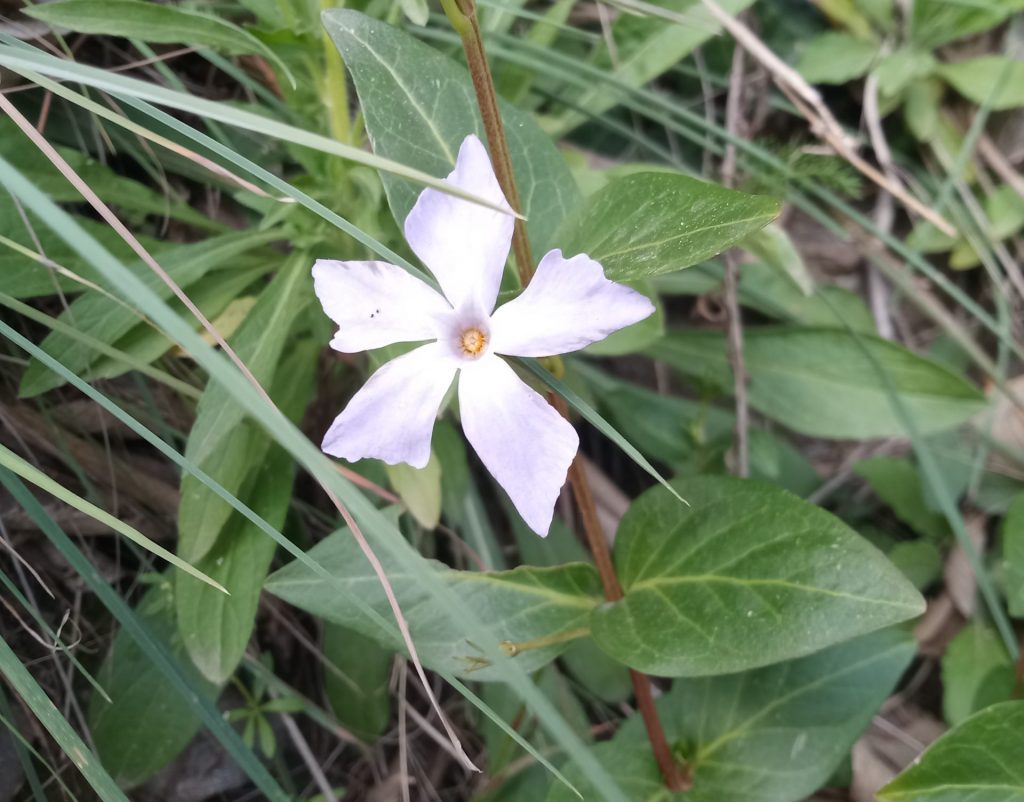
Vvergreen, flowering subshrub native to Western Europe, including the Iberian Peninsula, France, the Italian Peninsula and Sardinia. Its whitish-blue flowers bloom from late winter to early spring.
March 11 Daisy

benefits:
- Young leaves can be eaten raw in salads or cooked. Flower buds and petals can be eaten raw in sandwiches, soups and salads.
- used as a tea
- used as a vitamin supplement and a herbal medicine
March 10 Field marigold
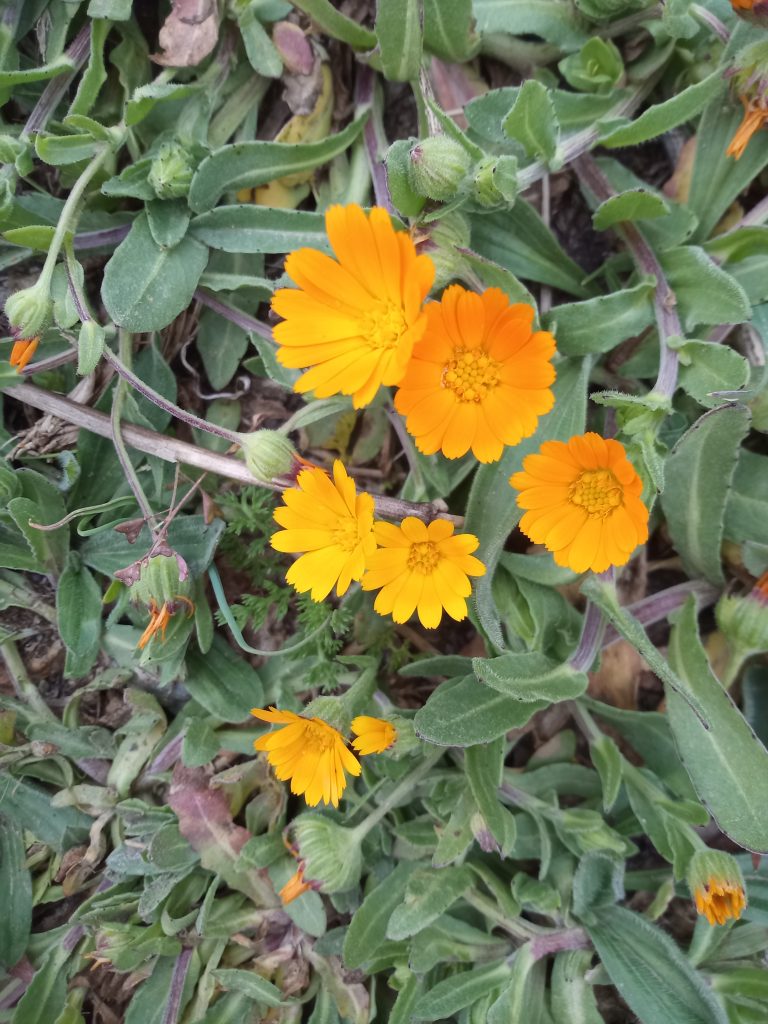
benefits:
- Young shoots and leaves are edible. The leaves are very rich in vitamins and minerals.
- used as a traditional medicine
Source: plants for a future
March 9 Dandelion

benefits:
- source of natural rubber
- food for wildlife
- traditional medicine
- used as a natural dye
Why wild flowers?
Wild flowers are good for biodiversity, for us humans and for the bees. We therefore leave as many original flowers as possible on our lavender farm. And of course we do not use any pesticides. We hope everyone will do the same. In that case the world will be a more beautiful and liveable place.

